Week 55: Rocky Mountain National Park Recap
Moose and pikas and elk and wildflowers and so many mountains!
Hey hey! It’s week 55 since we sold our house to travel full time in a converted camper van — and what a week it was! We spent the whole week at Rocky Mountain National Park in North Central Colorado and had an amazing time. I wanted to write up this post to share our experience with you, and provide a resource in case you visit there yourself someday. There is so much to see and do there that we definitely have to go back, so if you have any recommendations or fun memories to share I’d love to hear — leave me a comment below.
Now let’s get to the recap!
I wanted to warn you that this is a loooooooooong post! So you might want to grab a cuppa and settle in. If you’re reading this via email it might get cut off, so be sure to click on over to the web version so you can read the whole post.
First off, here’s the official park map so that you can get oriented. (Find the full brochure here!)

And here’s a map I put together, with the satellite layer turned on so you can see all the mountains:
We were there from June 13-20, entering via Estes Park (read about our time in Estes Park in last week’s post, including seeing elk while we were doing laundry!). We stayed at the Glacier Basin Campground the first 6 nights, and Timber Creek Campground the last night since it was on our route out. You can’t go wrong with either campground, but Glacier Basin had the best views and really made it feel like we were in the Rockies!
Usually I do the weekly update in chronological order, but this week I thought I’d group things together by category so that hopefully they make more sense. Let me know how you like it.
Mountains, mountains, and more mountains!
There are mountain views everywhere you look at Rocky Mountain National Park — of course — and I loved seeing them all. I couldn’t stop taking photos! (Are you surprised?)
So much grand beauty.
The air smelled so clean and fresh.
A fellow hiker said that it made him feel small — and I totally agree.
It’s such an indescribable feeling. The photos can’t begin to capture the grandeur and scale.
So much beauty.
Lakes & Waterfalls
Next up I wanted to cover some of the more spectacular lakes and water features that we saw. There are lakes around every corner here — some created by glaciers, and others fed from snowmelt. All are so beautiful!
Lake Irene
We stopped by Lake Irene on the hunt for blooming blue columbines — we didn’t see any columbines, but the views were still spectacular!
The trail was still partially covered in snow, and the water was super cold!
Bear Lake Area
Wednesday morning we hiked over to the Park & Ride from the Glacier Basin Campground, caught the shuttle over to the Bear Lake Area, and did the hike up to Emerald Lake. The lakes were all so beautiful! But I wish I could say the same thing for the crowds of people. I think we’ve been spoiled by the solitude of Big Bend National Park, when we can go all day without seeing another soul. This was definitely not that kinda hike. Next time we’ll be sure to get there as early as possible to try and beat the crowds.
We skipped past Bear Lake because it was too crowded, stopping briefly to soak in the views of Nymph Lake. There are water lilies here — hope we can see them blooming someday:
The trail crosses by and over several waterfalls which were really crowded with people — but here was a rare stolen view:
I think Dream Lake was my favorite, because we found a private little nook to stop and have a snack while watching trout swim by:
I even did a little sketch, testing my new pens — you can read more about the pens and inks I’m using over on my art blog:
Last but not least on the trail was Emerald Lake — where we didn’t linger — it was the most crowded of all:
On our way out we hiked around Bear Lake. I’m so glad we waited and did this one last, because after we got away from the first kiosk we had the lake almost all to ourselves.
Just so beautiful! (Yeah, I’m using that word a ton in this post! But it really was incredibly beautiful.)
We even got to see (what we think were) many western tiger salamanders — so cool!
Poudre Lake, Milner Pass
Last but not least for the lakes, we thought Poudre Lake at Milner Pass was also really beautiful!
It’s right next Continental Divide, where separates the watersheds that drain into the Pacific Ocean from those river systems that drain into the Atlantic.
Thompson Falls
Out of all the waterfalls we saw, I think Thompson Falls impressed us the most:
The water was really roaring through here! Whoa!
Wildflowers (and other cool plants)
J and I are both amature botanists, so we loved finding cool new plants at ROMO! We used the iNaturalist app to make IDs, then did some more research to learn more about them. The Wildflower Center’s Native Plant database is a great resource. Highly recommend both. There’s also some good info here on the park website.
The park is divided into 3 zones depending on the elevation, so I tried to categorize the plants depending on where we saw them.
Please let me know if we got an ID wrong!
Montane (below 9,000 feet)
We got to see so many cool new montane wildflowers — here are just a few favorites!
First up, Lambert’s Locoweed (Oxytropis lambertii) — look at that glorious magenta color!
Then there was Dark-throated Shooting Star (Primula pauciflora) — such an interesting structure:
Blue Columbine (Aquilegia coerulea) — this had been on our bucket lists for years — the flowers were way bigger than we expected!
Full confession: we got a little really scared on this trail! The park had opened the trails and cleared them of deadfall from the 2020 East Troublesome Fire, but it wasn’t enough. We got about a half mile in when the winds kicked up and started blowing down trees — several fell near us! We ran back to the van as fast as we safely could — climbing over several trees had fallen across the trail.
We saw some people getting ready to hike the trail in the parking lot and we told them what happened and to turn around. Then didn’t listen at first, but five minutes later they returned. The moral of the story is to not hike in a burn scar when it’s windy. Whew!
We also found a few Western Red Columbines (Aquilegia elegontula) in the same area as the blue ones:
So happy to see them! We have a similar species where we lived in Central Texas, so it was like seeing an old friend.
Subalpine (9,000-11,400 feet)
We found a bunch of cool plants in the subalpine zone, including Woods’ Rose (Rosa woodsii) — which also occurs in lower zones:
White Point-Vetch (Oxytropis sericea), which varied from creamy white to a light purple:
Fairy Slipper Orchids (Calypso bulbosa) — the photo is a little out of focus but I had to include it anyhow because, ORCHIDS!!
Another orchid, Spotted Coral Root (Corralorhiza maculata):
American Globeflower (Trollius laxus), with its beautiful stamens:
Snowbush Ceanothus (Ceanothus velutinus), which made us think of our friend Scott — hi, Scott!
And last but not least for the subalpine group, Creeping Barberry (Mahonia repens), which made me think of Bob Harms (hi, Kirsti!!) and smelled just like good old Central Texas agarita!
Alpine Tundra (above 11,400 feet)
Out of all the cool new plants that we got to see, I think the alpine tundra wildflowers are the ones that stole our hearts. From the park website:
Access to "the land above the trees" is the most distinct aspect of Rocky Mountain National Park. Trail Ridge Road, the highest road in any national park, transports you to this realm of open sky where you'll find tiny but brilliant flowers and a harsh climate. Approximately one-third of this national park is above the limit where trees may grow in northern Colorado.
The Alpine Tundra Ecosystem starts between elevations of 11,000 to 11,500 feet, depending on exposure. This is truly a land of extremes. Strong, frequent winds and cold temperatures help limit what plants can grow there. Most alpine plants are perennials. Many plants are dwarfed, but their few blossoms may be full-sized.
It was so cool being up above the trees with mountains as far as the eye could see, and these small but mighty wildflowers blooming below.
Here are just a few favorite photos:
The yellow of the Ross’ avens with the purply blue of the mountain bluebells just made me happy:
The blue of the alpine forget-me-not looked like a piece of the sky had fallen to the ground:
A quote I saw at the Alpine Visitor Center sums it up perfectly:
“…where the sky is the size of forever, and the flowers are the size of a millisecond.”
— Ann H. Zwinger and Beatrice E. Willard, Land Above the Trees
Critters
We were always on the lookout for critters — both so that we could photo them and so that we didn’t get too close! You definitely don’t want to get to close to elk, moose, and bears, especially when they have young with them.
Elk
We were lucky enough to see elk almost every single day while we were in the park! Can you spot the herd we saw on the Forest Overlook Trail?
Did you see them? Here’s a zoomed in view:
And here’s a guy who wasn’t shy at all — he was munching on vegetation by the side of the road. I took this picture safe and sound in the van as J slowly drove past him:
Our last night in the park at the Timber Creek Campground we took a short hike down to watch the sunset by the Colorado River and some fellow hikers told us there were elk nearby…
And we saw them!
Later that night Jason woke me up at 5 am because he heard crunching sounds near the window by our pillows — and here there were 2 elk having an early breakfast! One looked right in the window and gave J the side-eye, ha!
Marmot
We saw marmots several times, but this was the closest we got to one — this guy was hanging out below the viewing area at the Forest Overlook and he seemed to be pretty used to people. So I was able to get a zoomed in photo:
The marmots we saw out in the wild were really shy, so I didn’t get good photos of them, darn.
Moose
We were lucky enough to see moose several times, all around the same area of the park. It always surprises me how BIG they are!
These photos were all taken at a safe distance/zoomed in:
The best sighting was seeing this mama and her baby — it was our first time seeing a baby moose!
So sweet.
Pikas
I’ve wanted to see a pika forever, and I finally got to see a bunch! I asked several rangers and volunteers the best place to see one, but it wasn’t until we went to the Rock Cut overlook that we finally hit the pika jackpot!
The pikas at this overlook seem somewhat used to humans gawking at them, so if we stood still and didn’t make any sudden moves we were able to spot some. There was a man taking photos with a long lens and he said we got pretty lucky — sometimes he had to wait an hour before seeing one!
Some of these photos are out of focus because these little guys are super fast, but I had to include them anyhow so you could see how cute they are! They make the cutest squeaks and calls, too!
More Common Critters
We saw deer just about every day — both in the campgrounds and out and about.
There are several species of ground squirrels/chipmunks in the park and they’re all super cute! This one was snacking on some vegetation — super cute!
Last Thoughts
I wanted to share some final thoughts before I signed off for the week. First up, weekdays and holidays can be super busy in national parks, so plan accordingly! This was the scene at the Alpine Visitor Center on Juneteenth, a fee-free day:
Contrast that to when we were there on a Monday — the parking lot was still pretty full, but it wasn’t as crazy:
Next up, let’s talk trash for a bit. Nothing gets my dander up more than seeing orange peels, sunflower seed shells, and banana peels along the trail or hidden under a bush. (And don’t get me started on tissues and TP!) Just because it’s not plastic or paper doesn’t mean it’s not trash! Grrr. I know from all my time in the desert that banana and orange peels take forever to decompose. One time I picked up an orange peel that I found on the trail, brought it home, and set it out on the back porch in Austin, Texas. Five months later and it still hadn’t decomposed!
When we were hiking the Bear Lake Corridor we saw several chipmunks and ground squirrels running off with tissues (yuck!) and apple cores in their mouths.
And that brings me to my last point — don’t feed the wildlife, no matter how dang cute they are! This little lady had obviously been fed:
Art in the Park
I didn’t get to do nearly as much art at Rocky as I wanted to, but I sure have enough reference photos so that I can paint more later, amiright? :)
I did get to add another spread to my journal that I’ve been keeping on our Summer 2025 National Park Extravaganza, woo hoo! Check out the first two parks here on Instagram:
I also had time to do a little tree practice at camp with my new pens and new palette setup:
That’s a wrap on the Rocky Mountain National Park recap!
Thanks so much for following along on our advantures — and letting me rant for a bit! We can’t wait to get back here someday and explore more. It’s just so incredibly beautiful.
Let me know what you think of this format of grouping things together — or if you prefer my standard chronological format instead.
See you next week from Grand Teton National Park, Wyoming! — Lisa, Jason, and Walter-the-Van

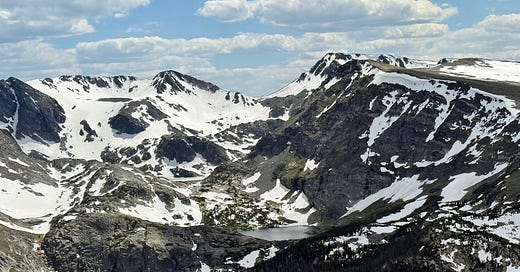


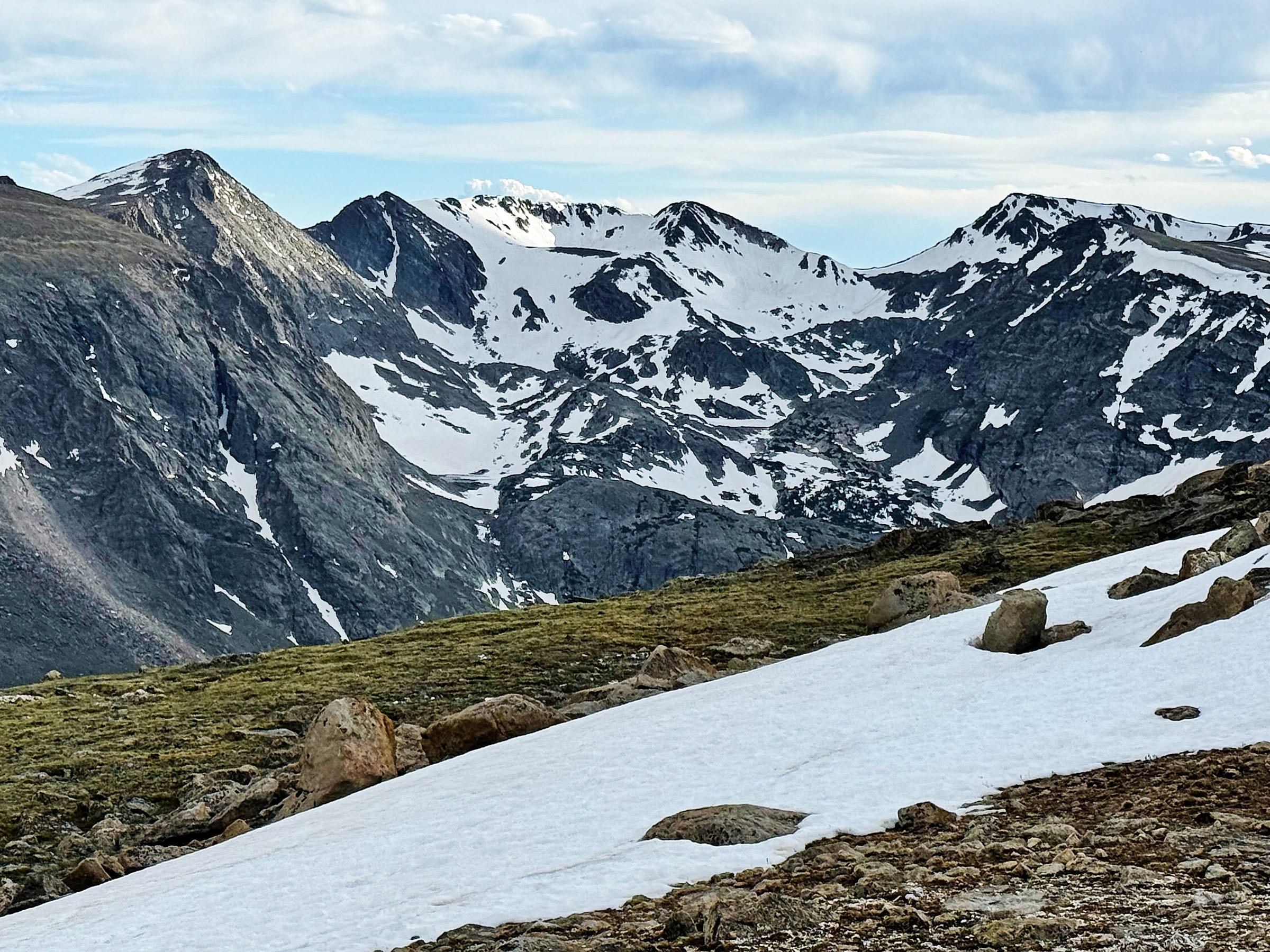

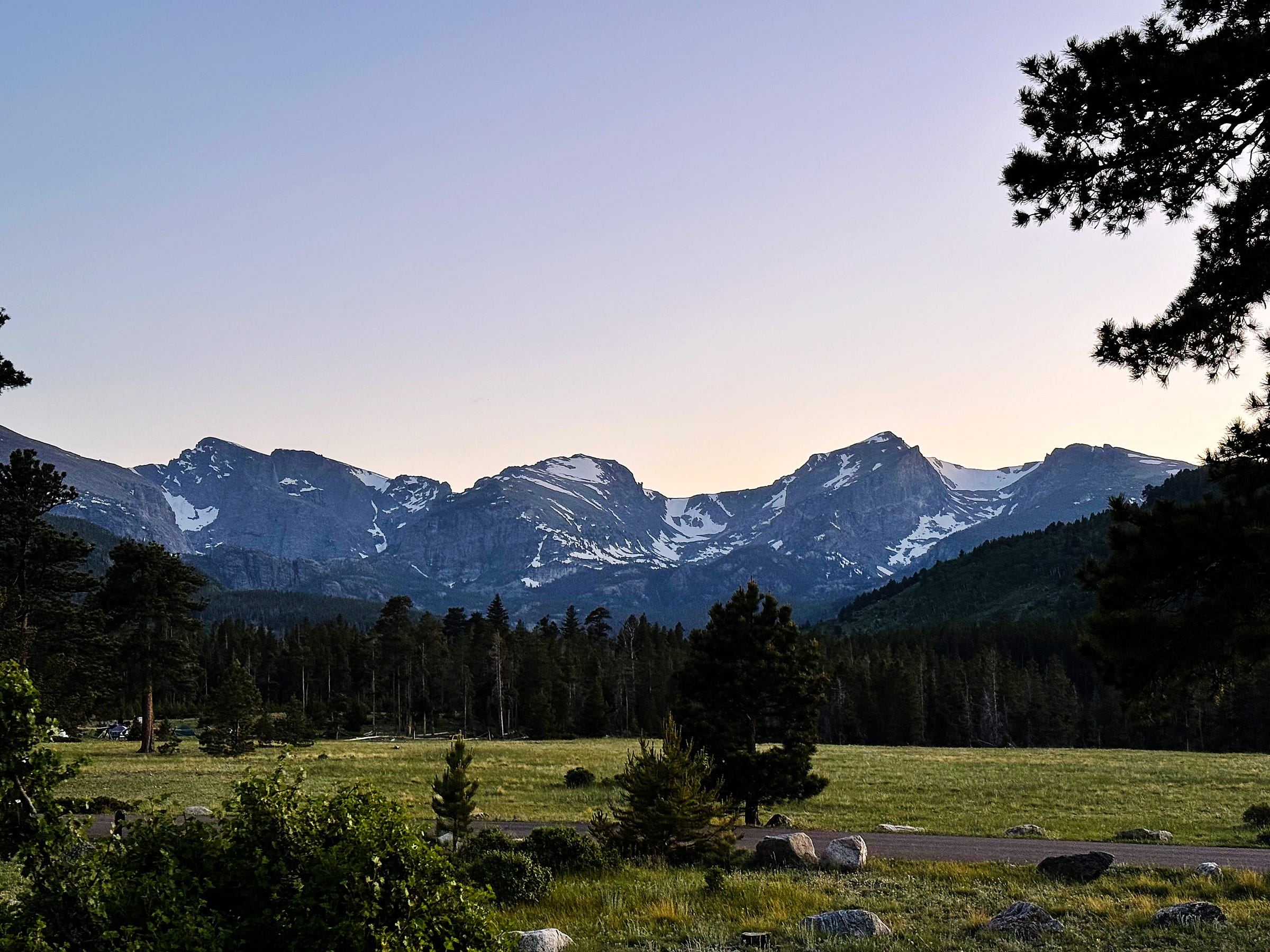
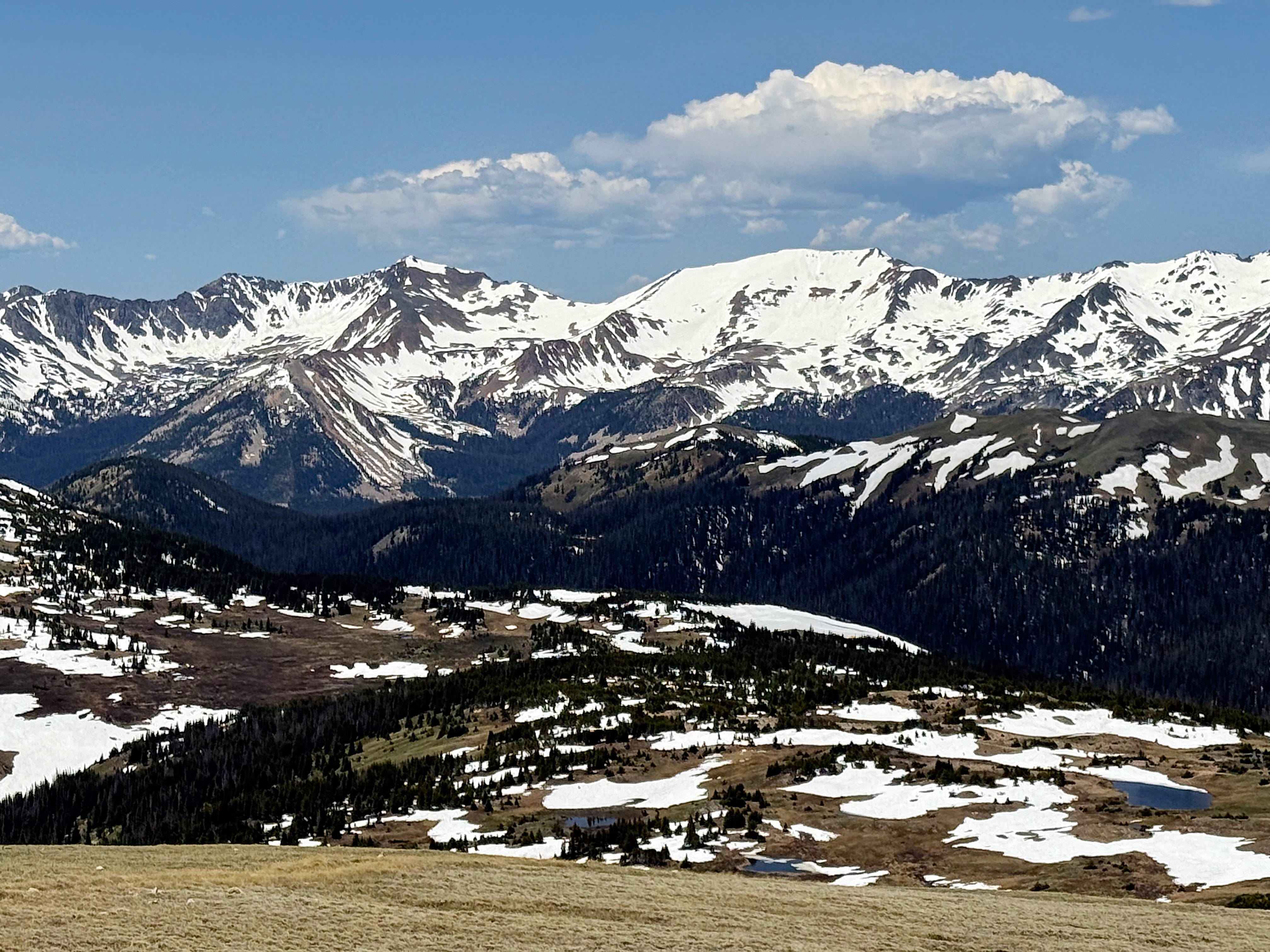
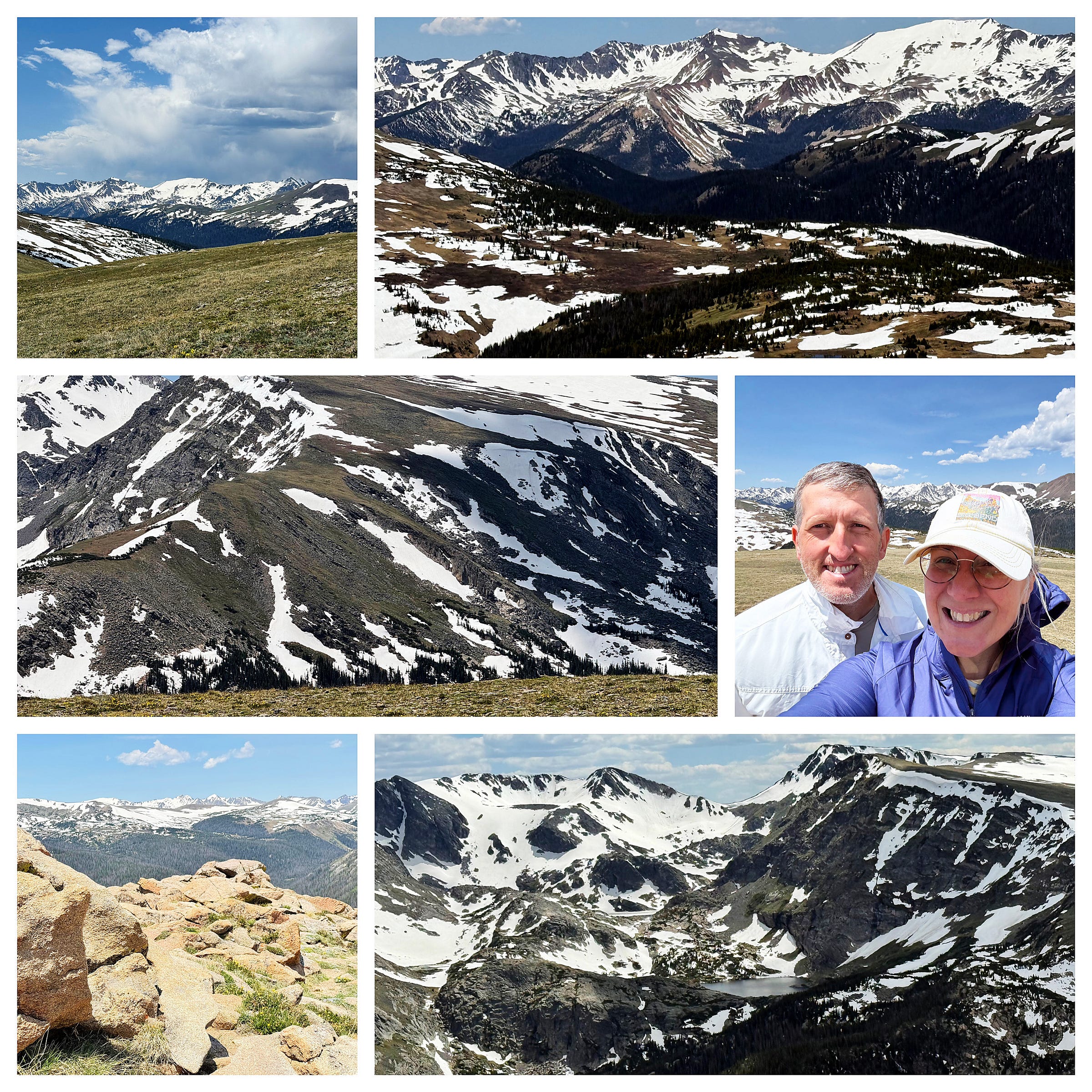
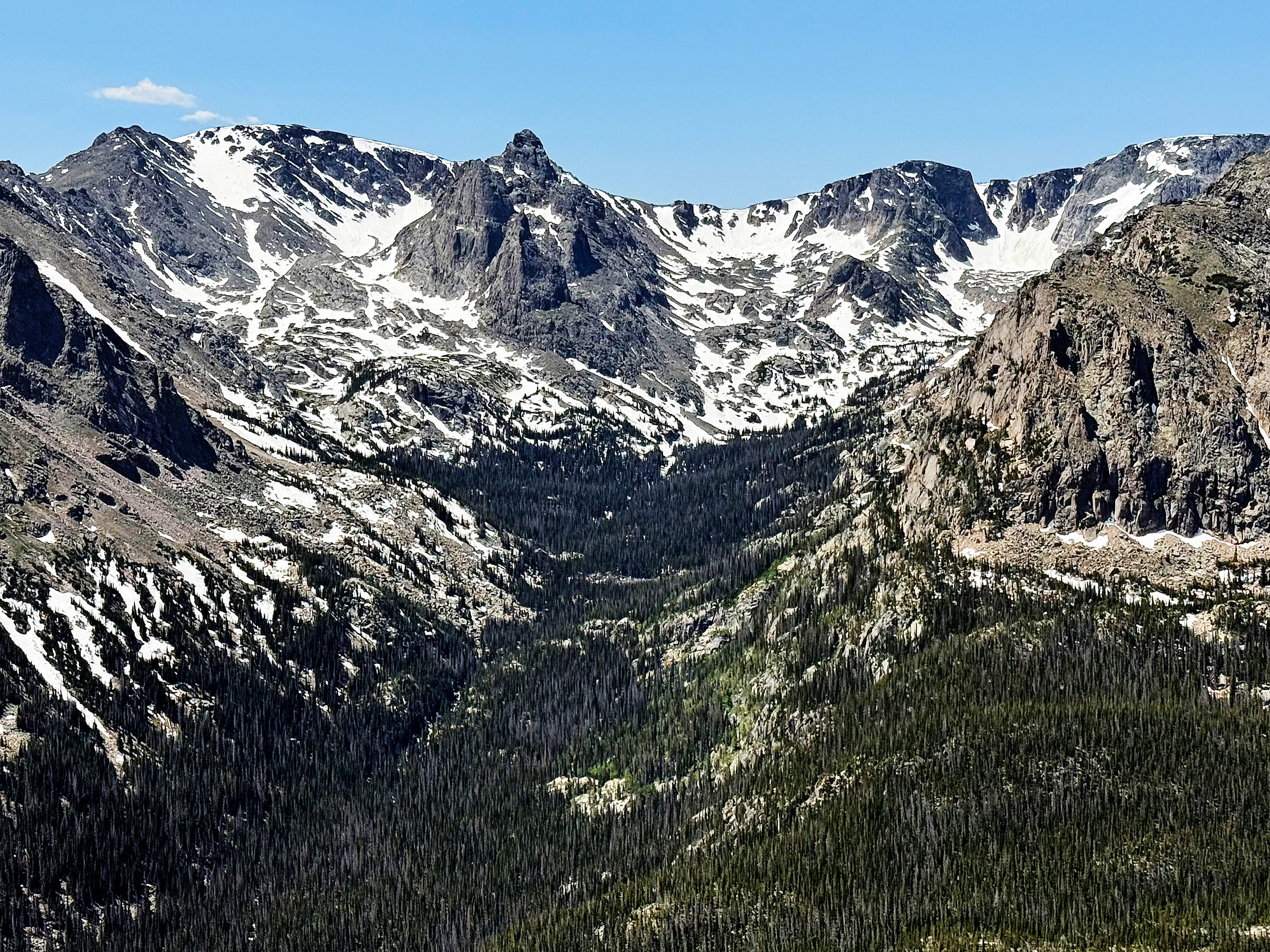
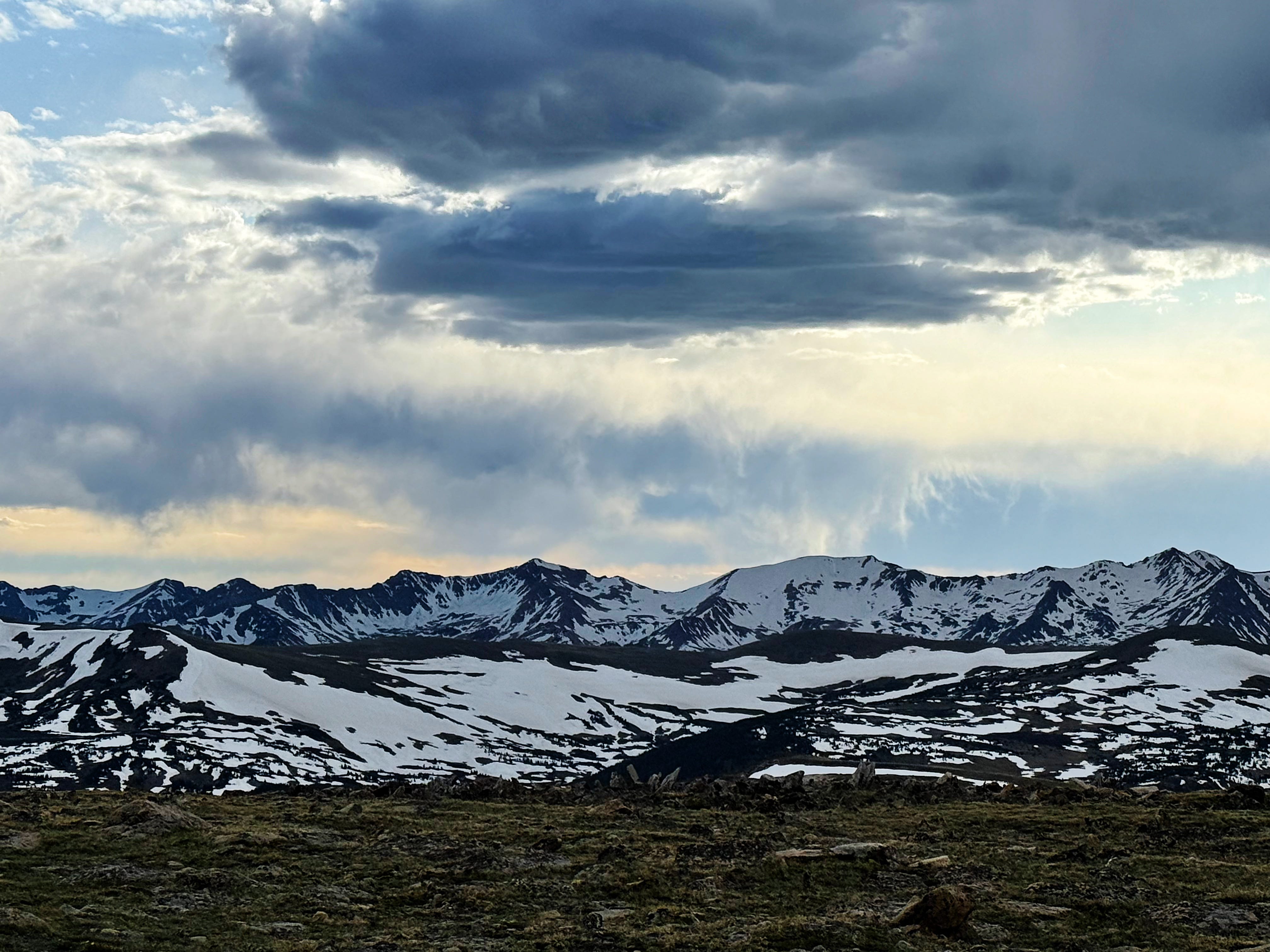

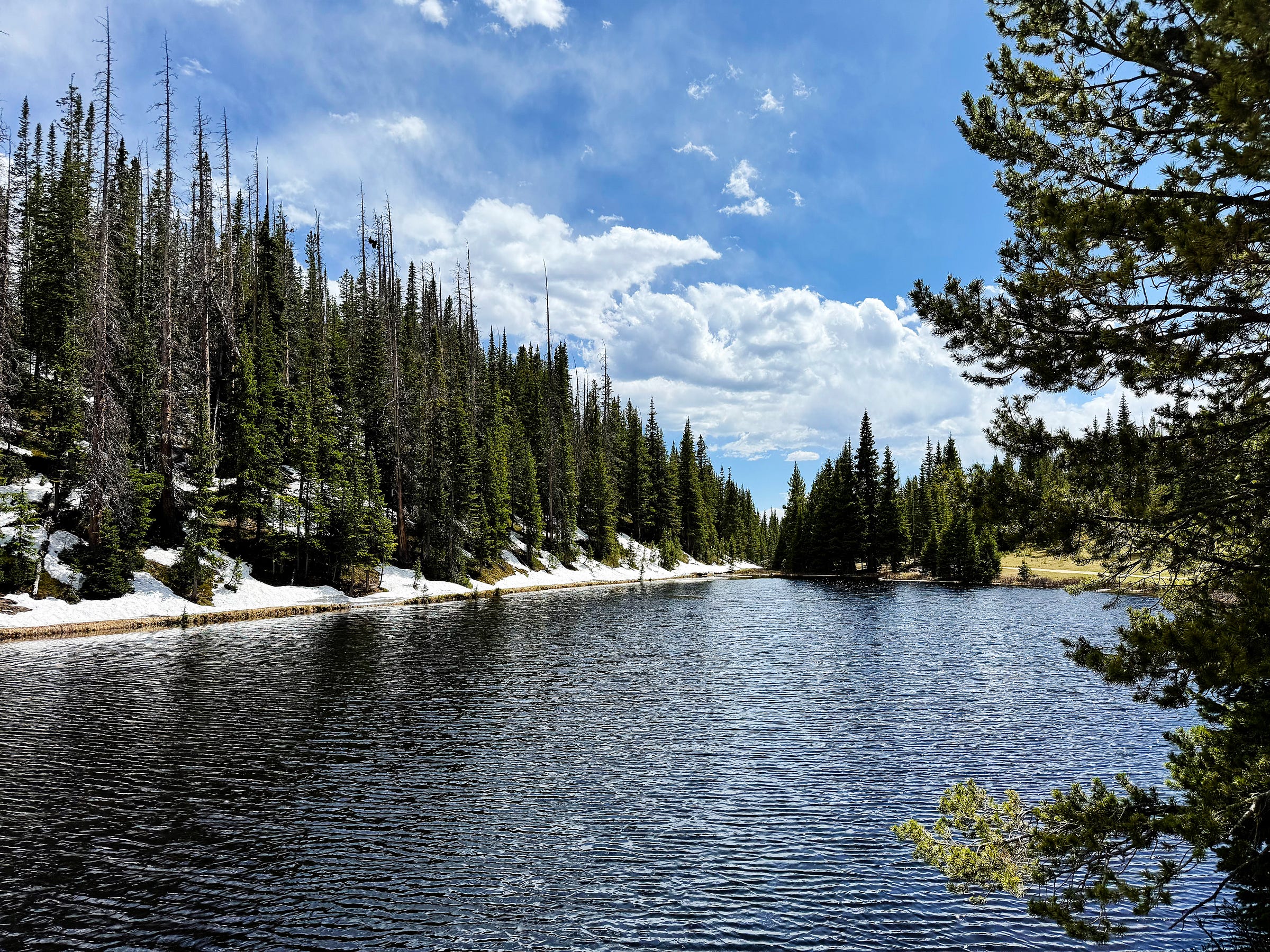
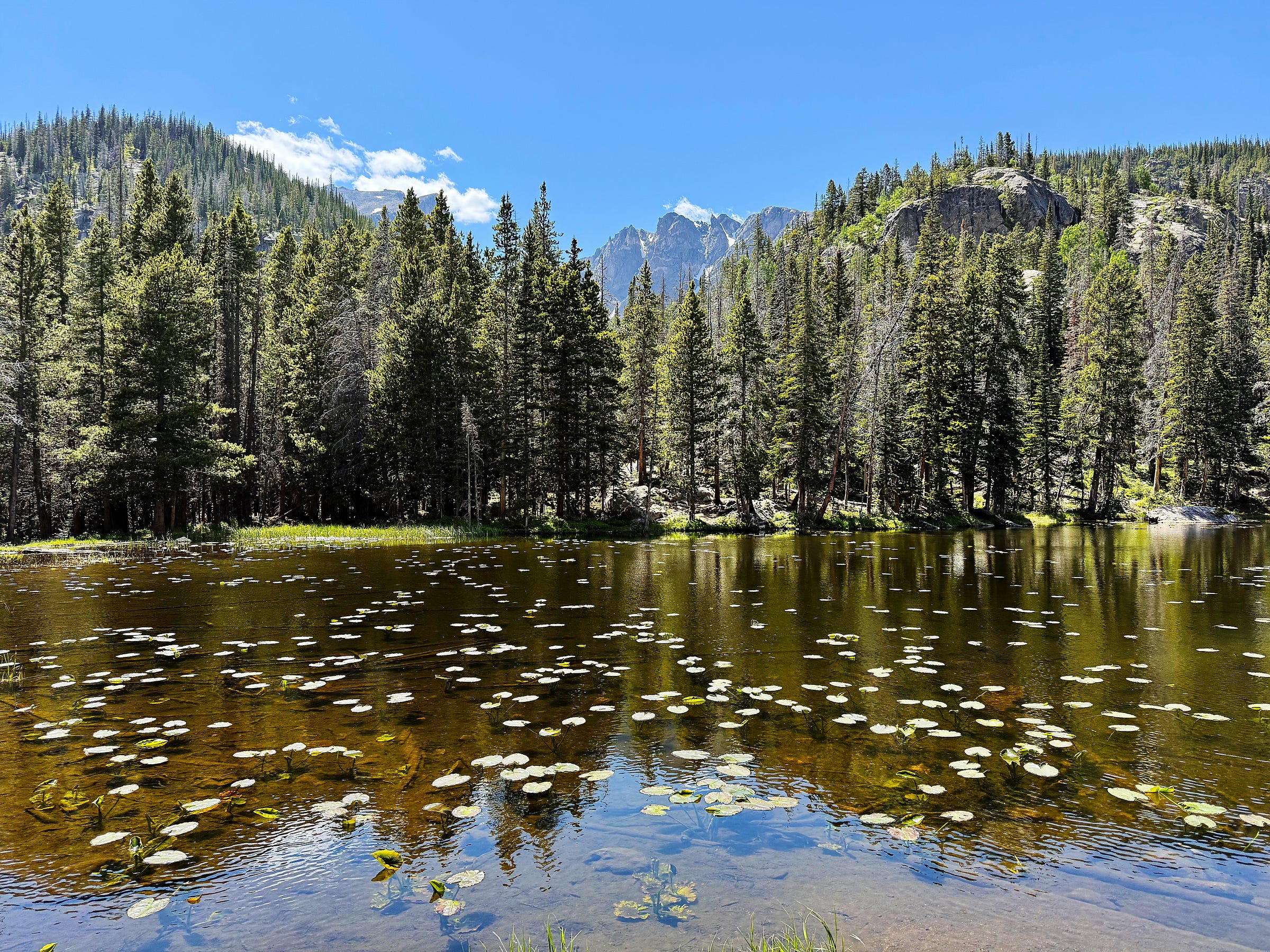
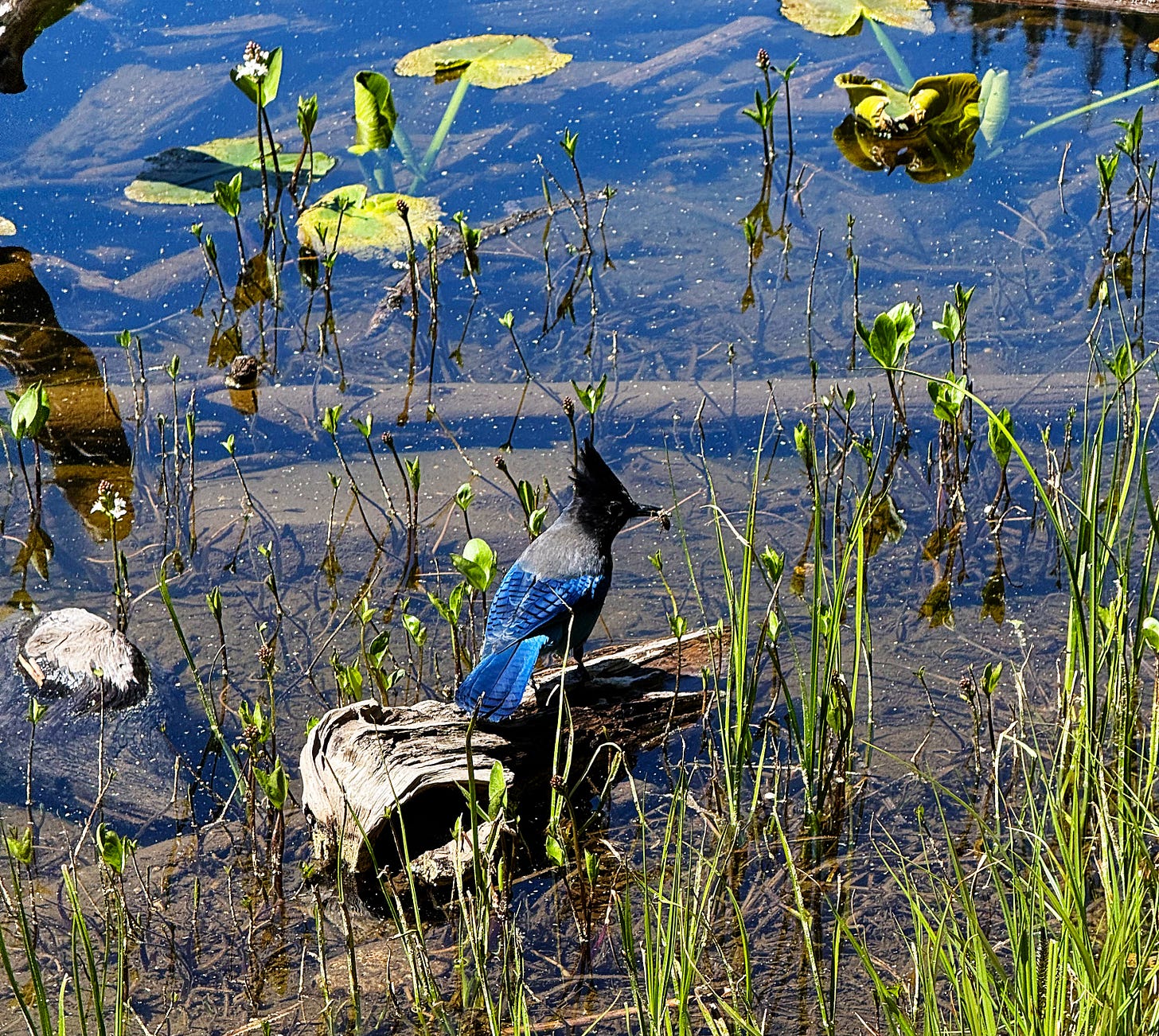
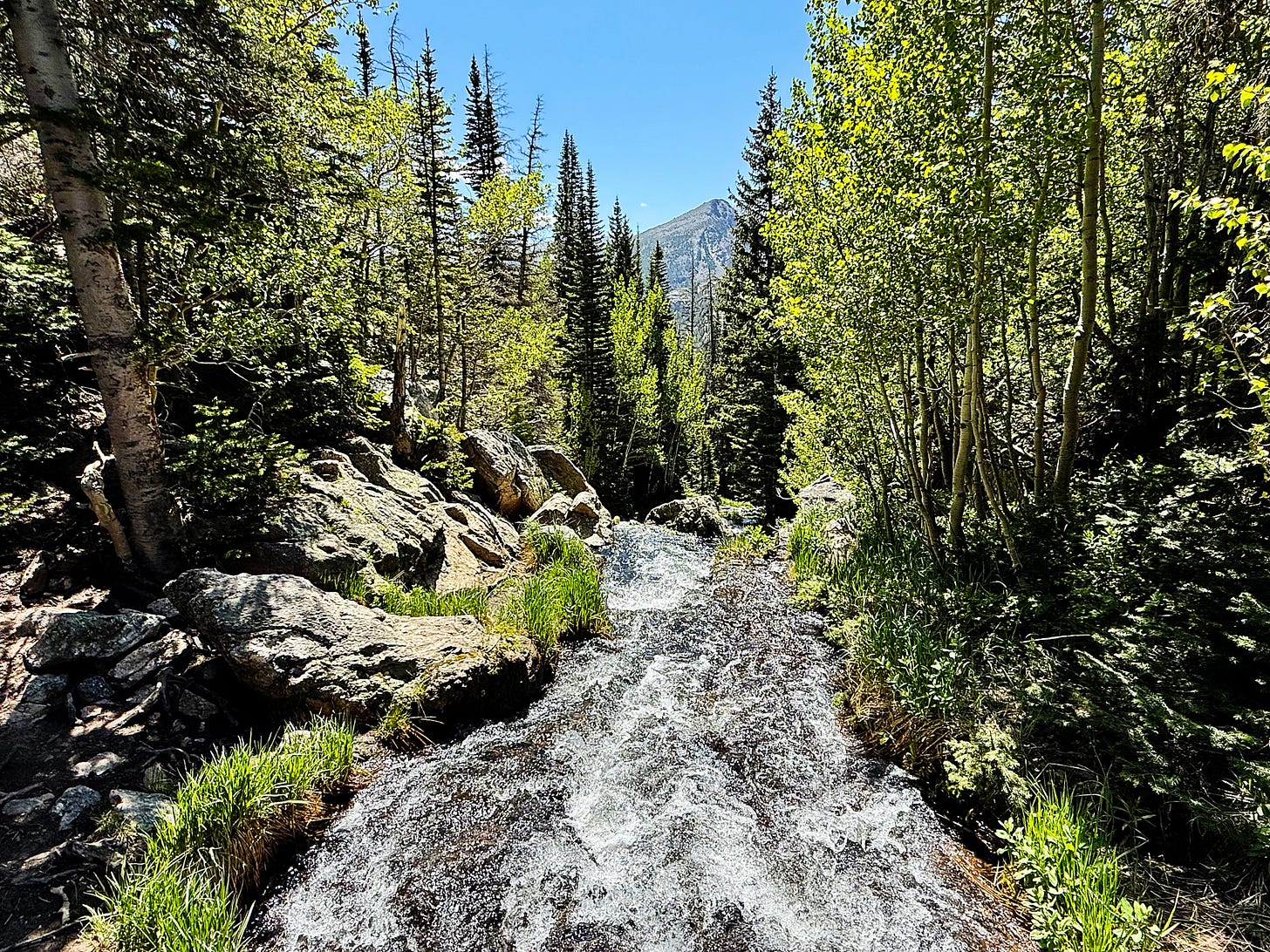
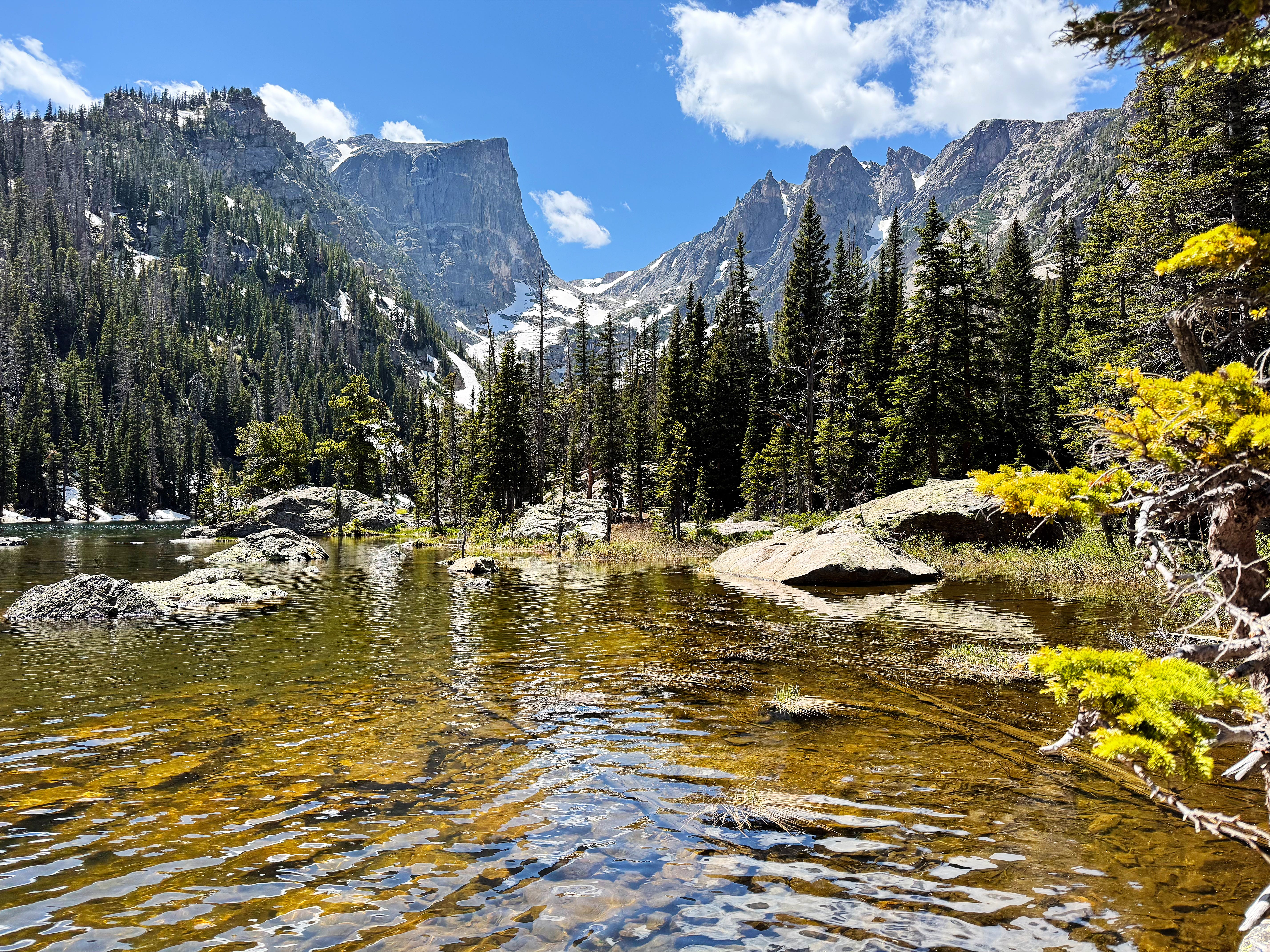
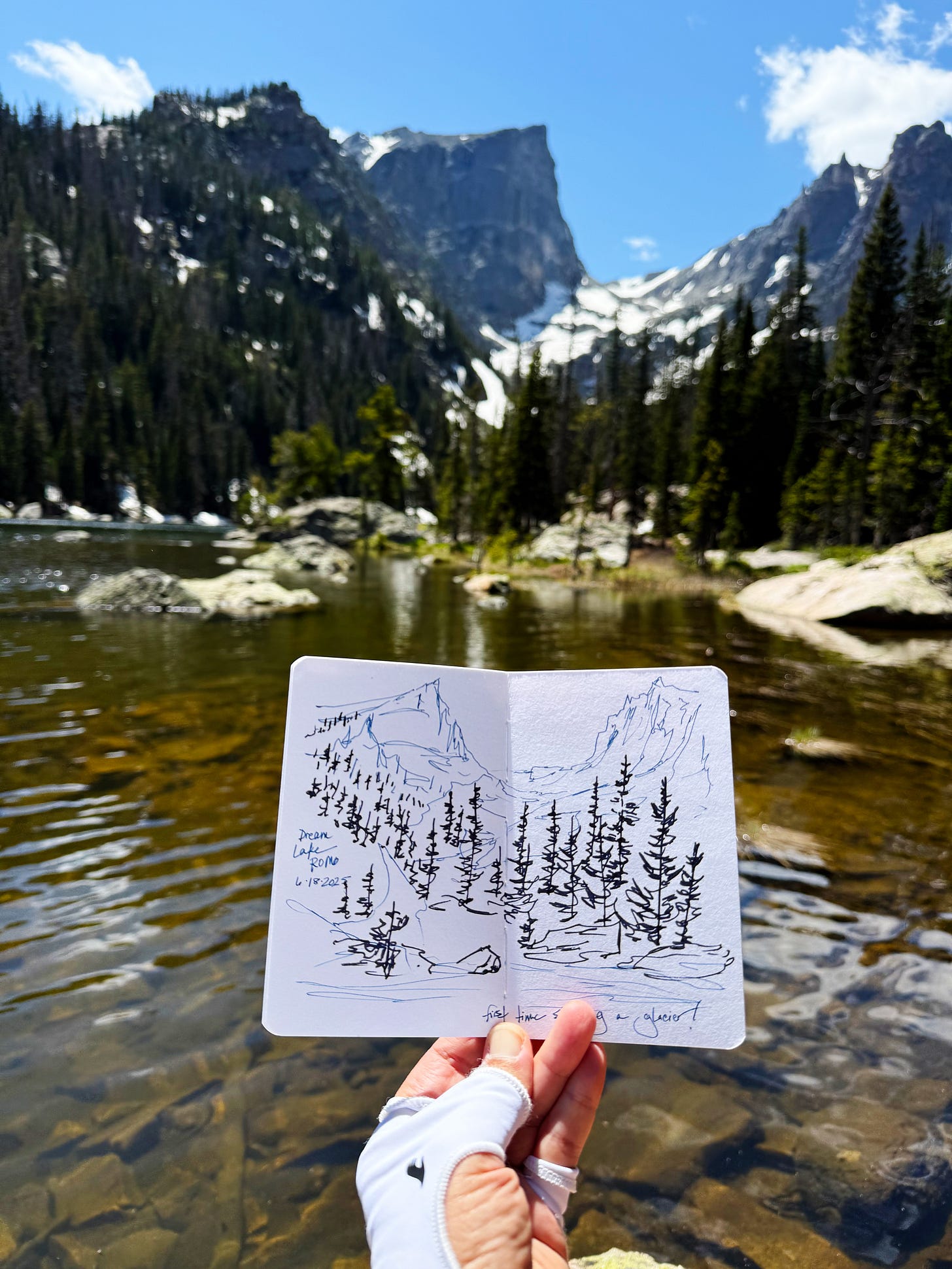
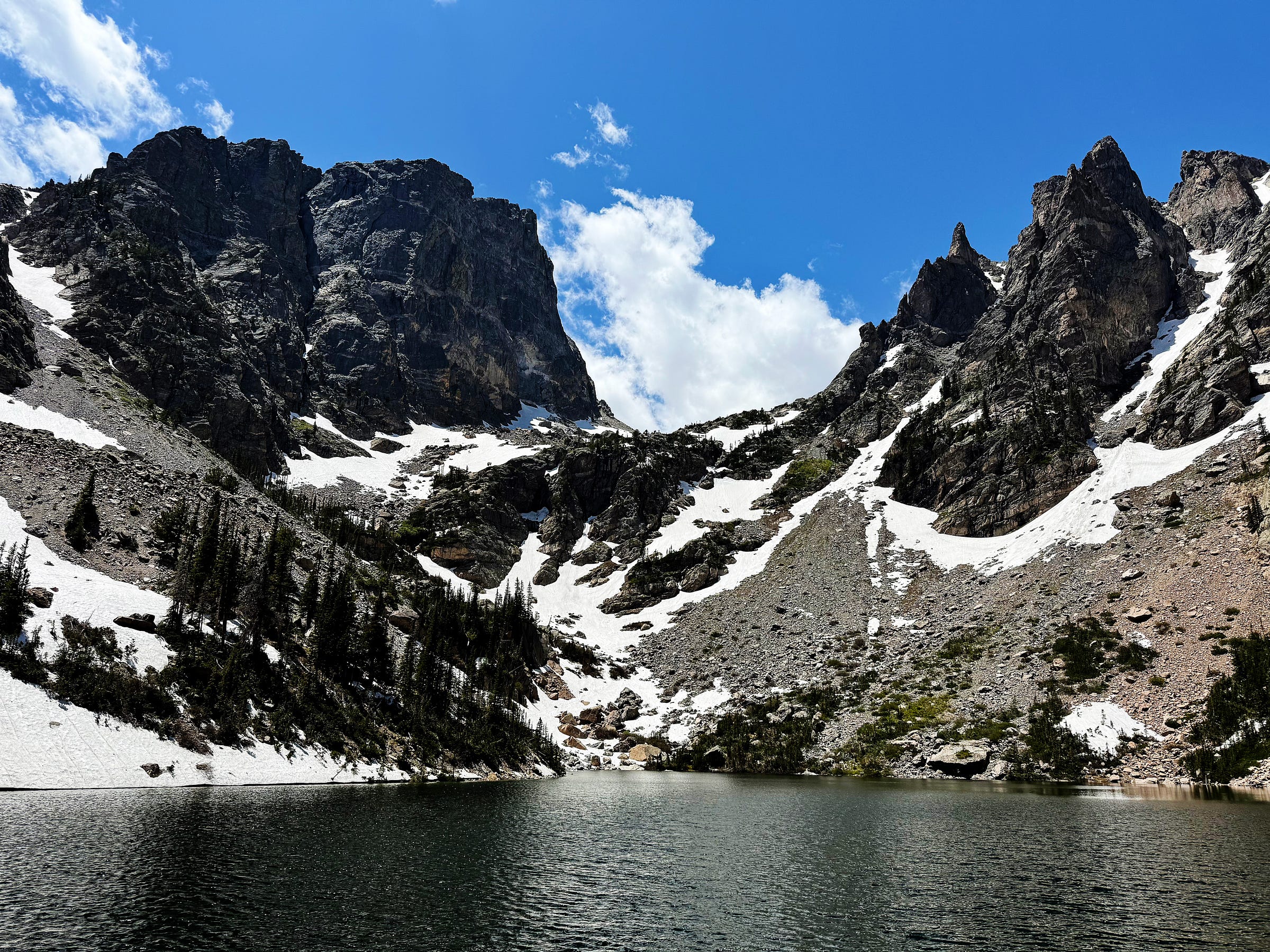
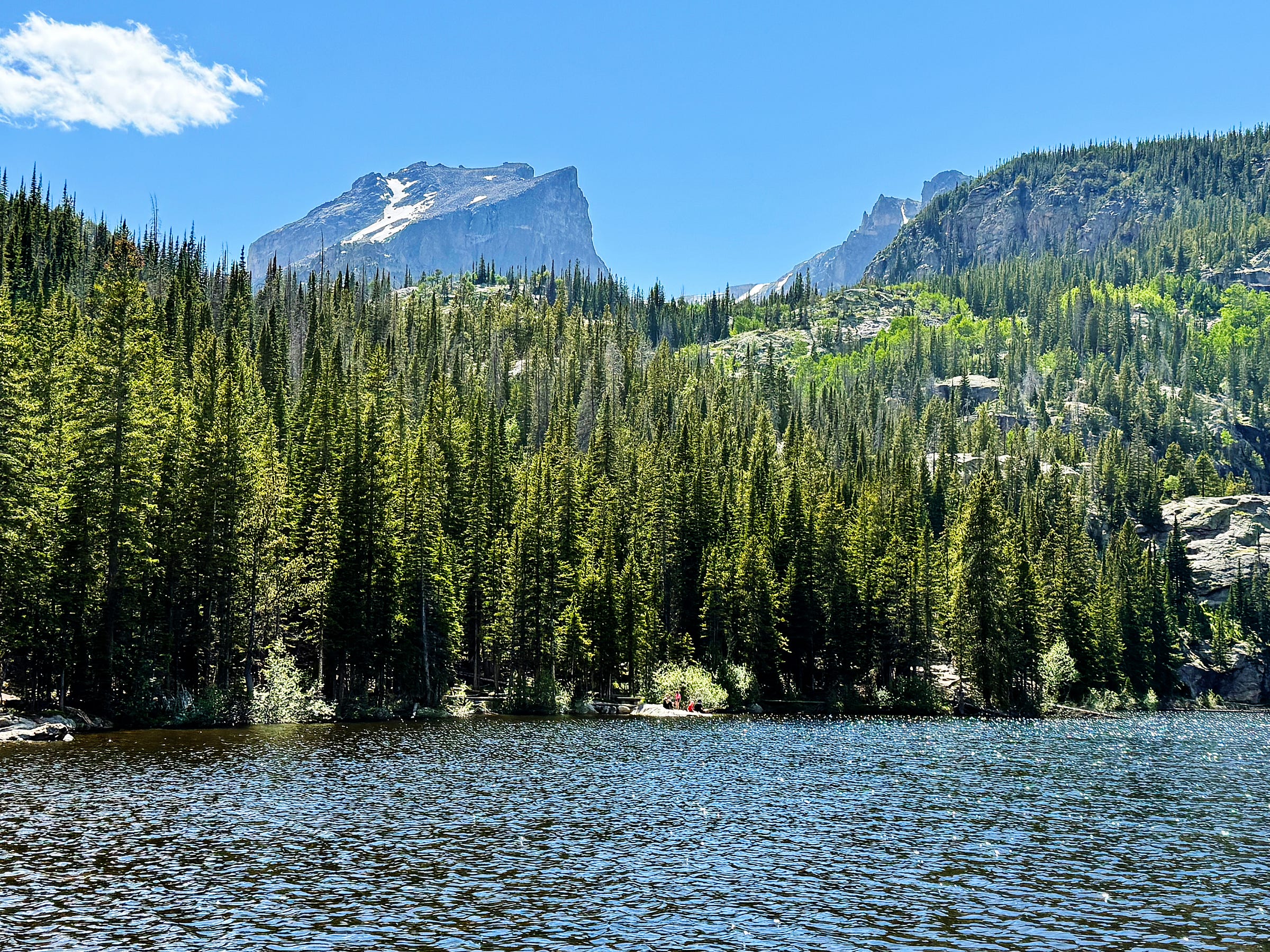
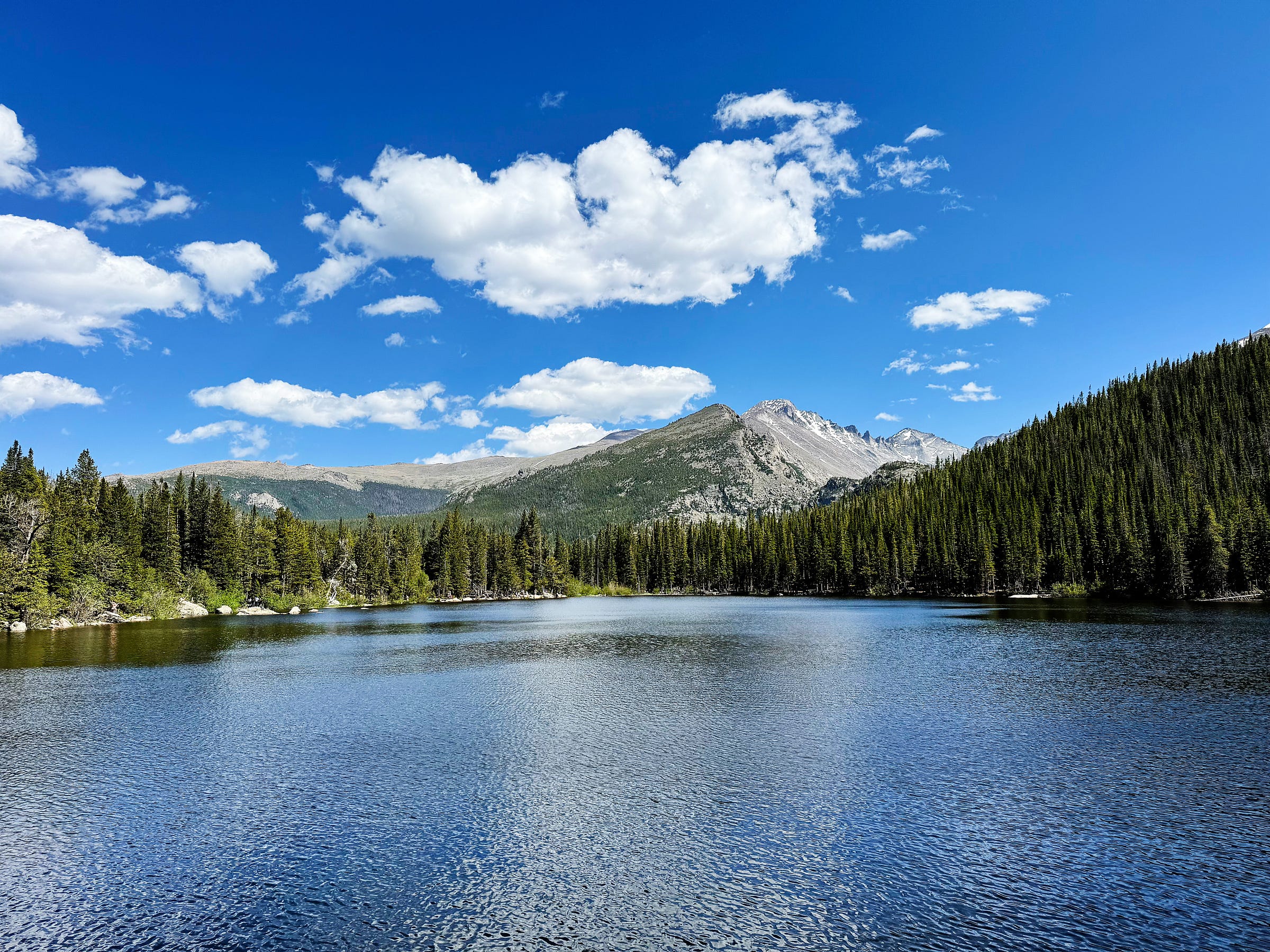

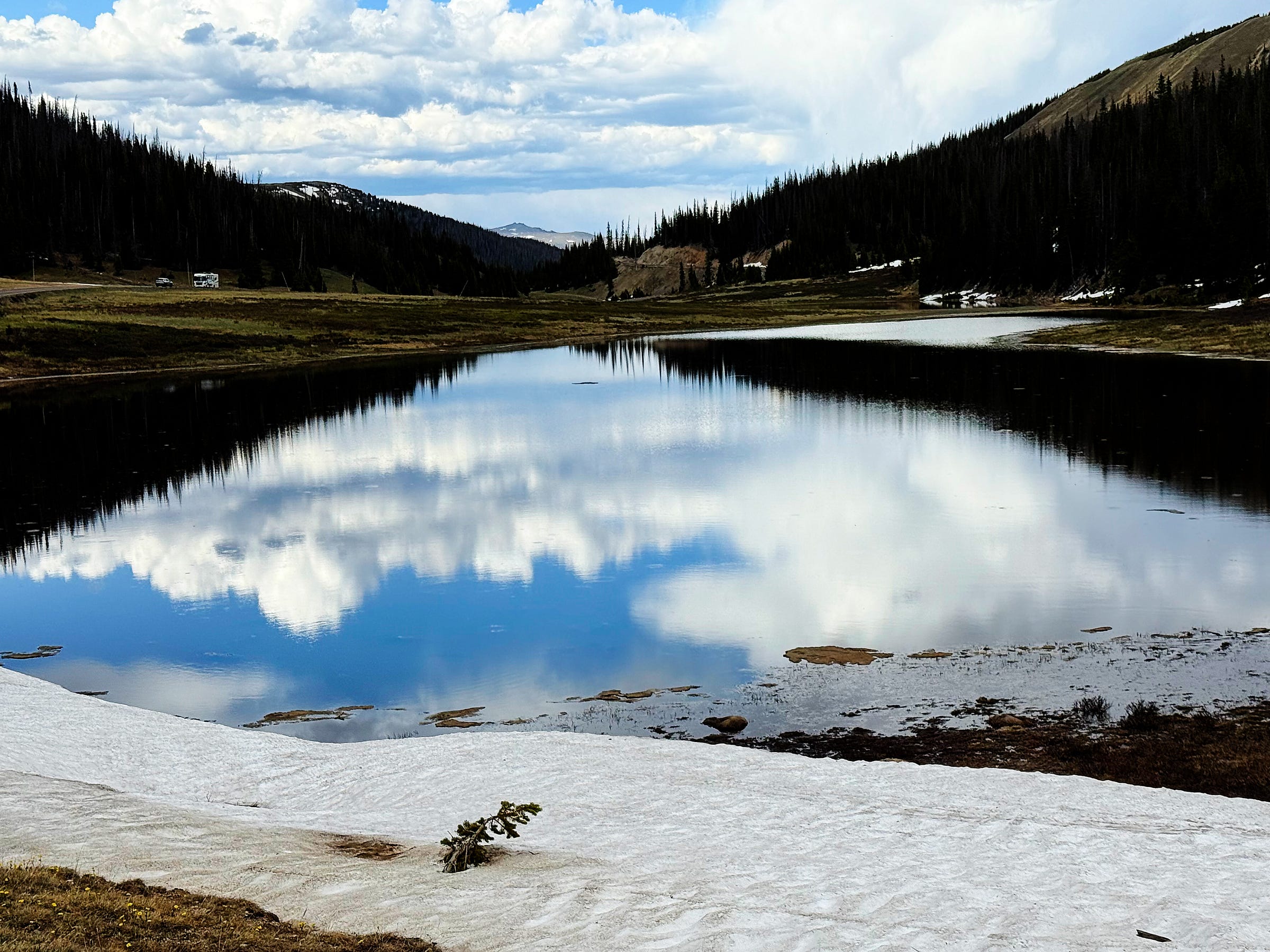


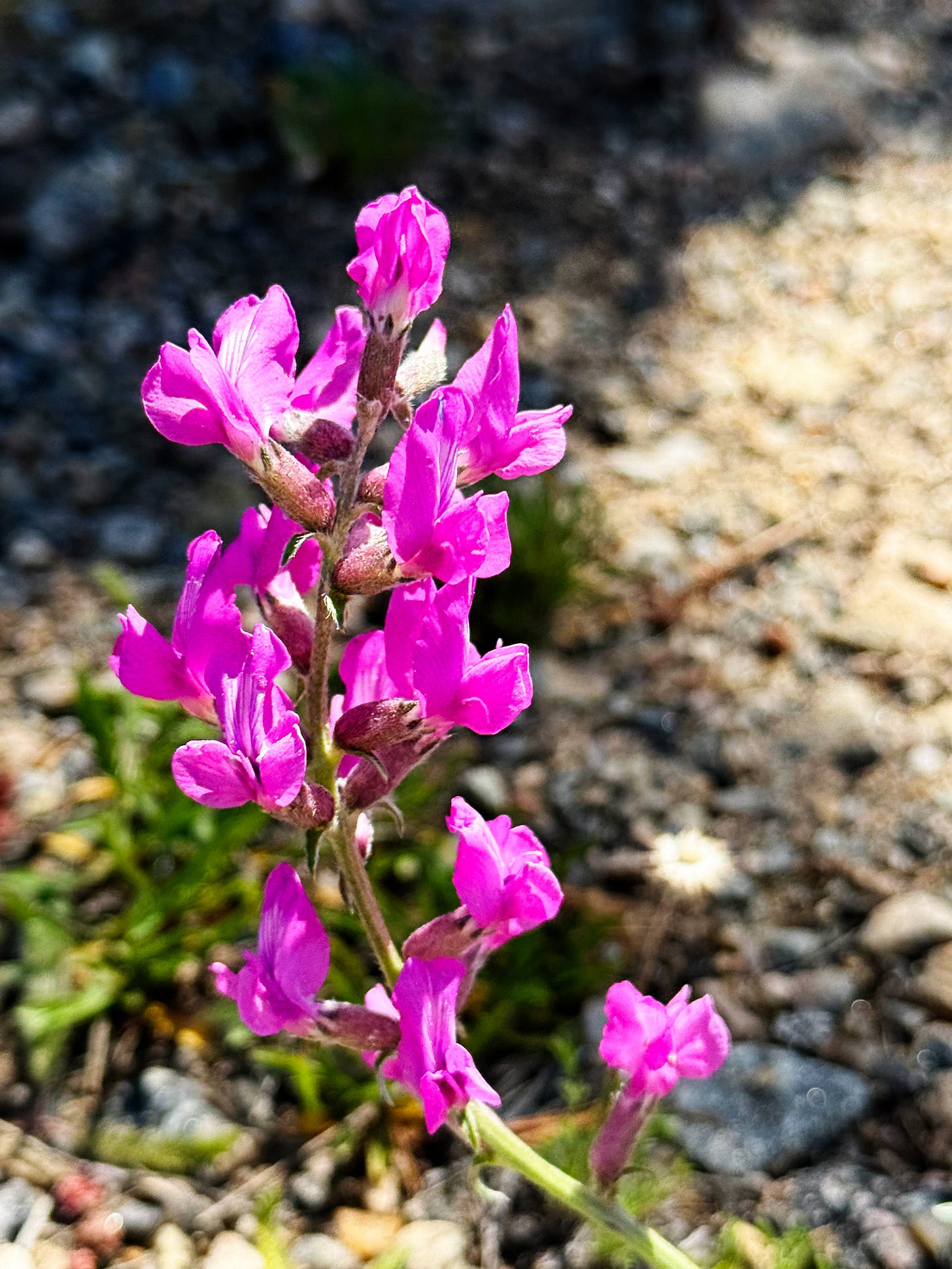
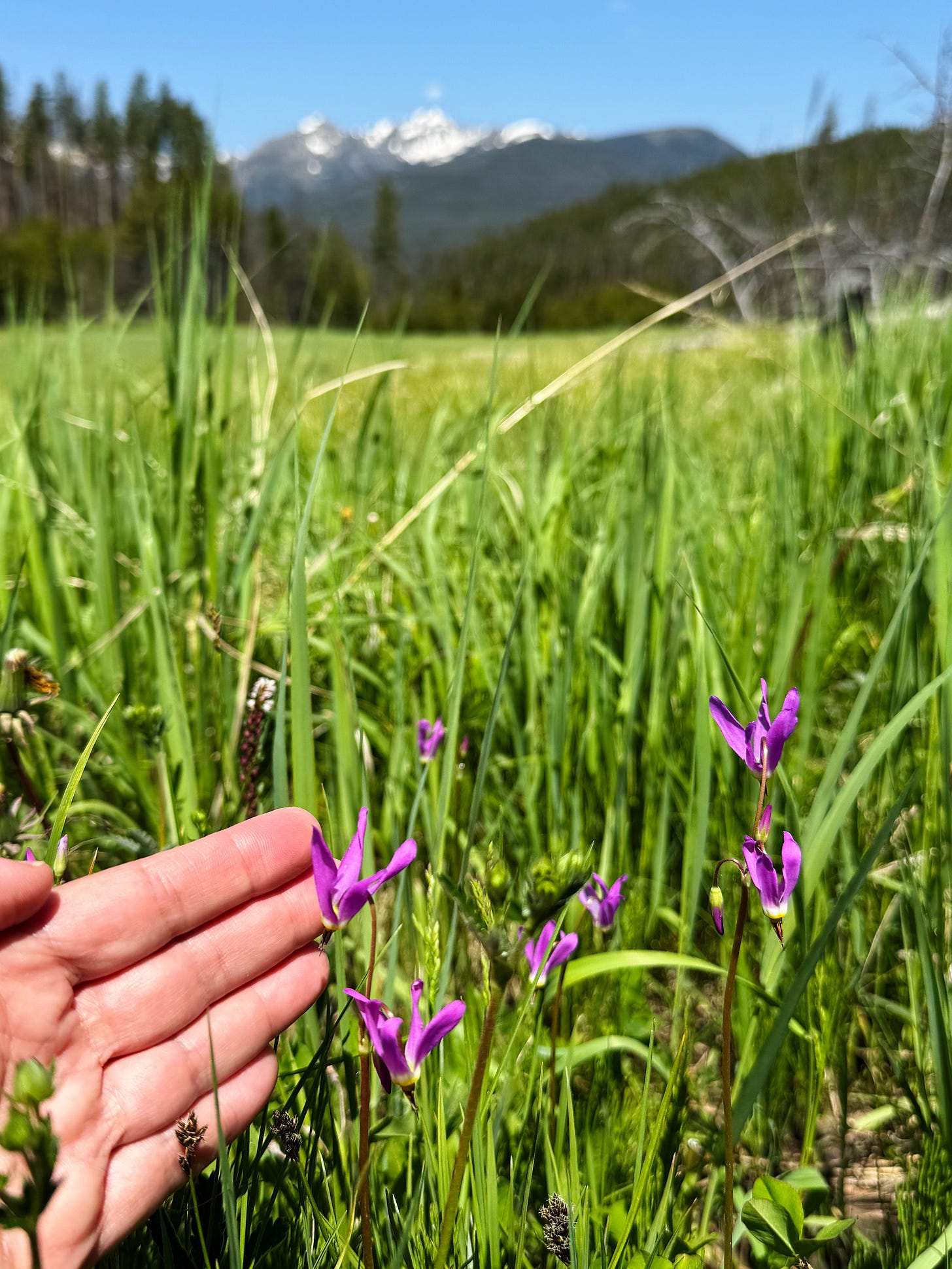
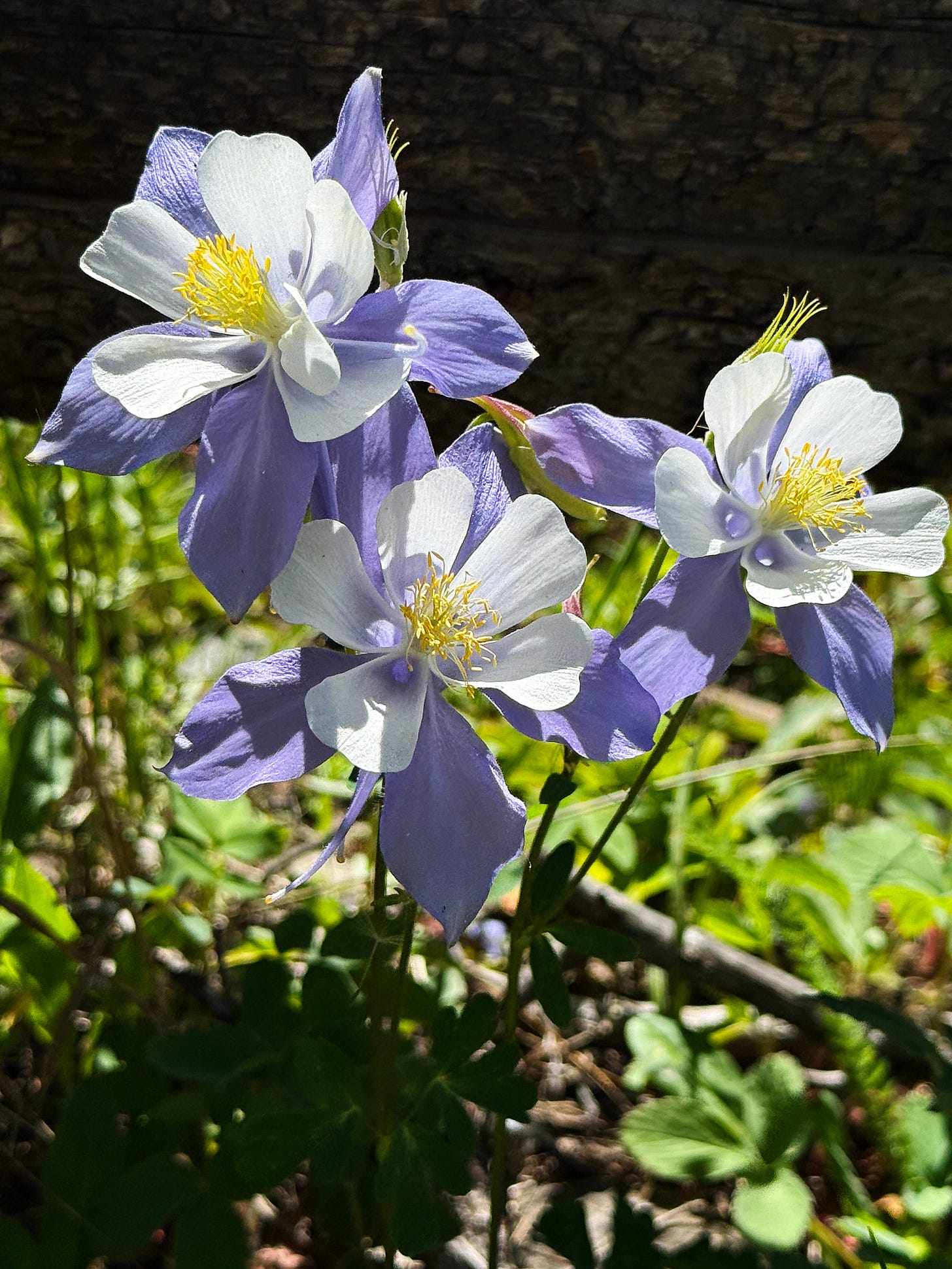
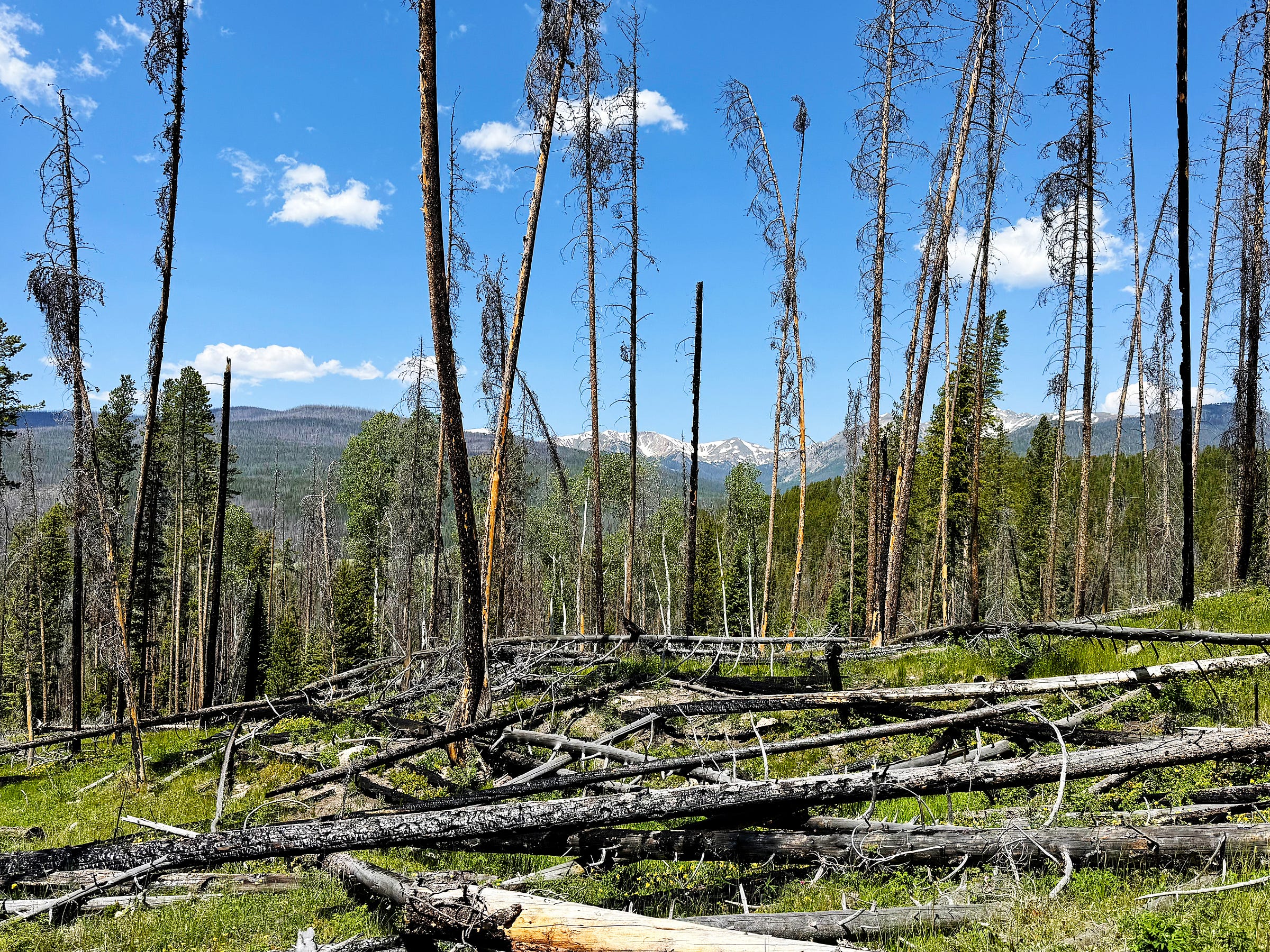
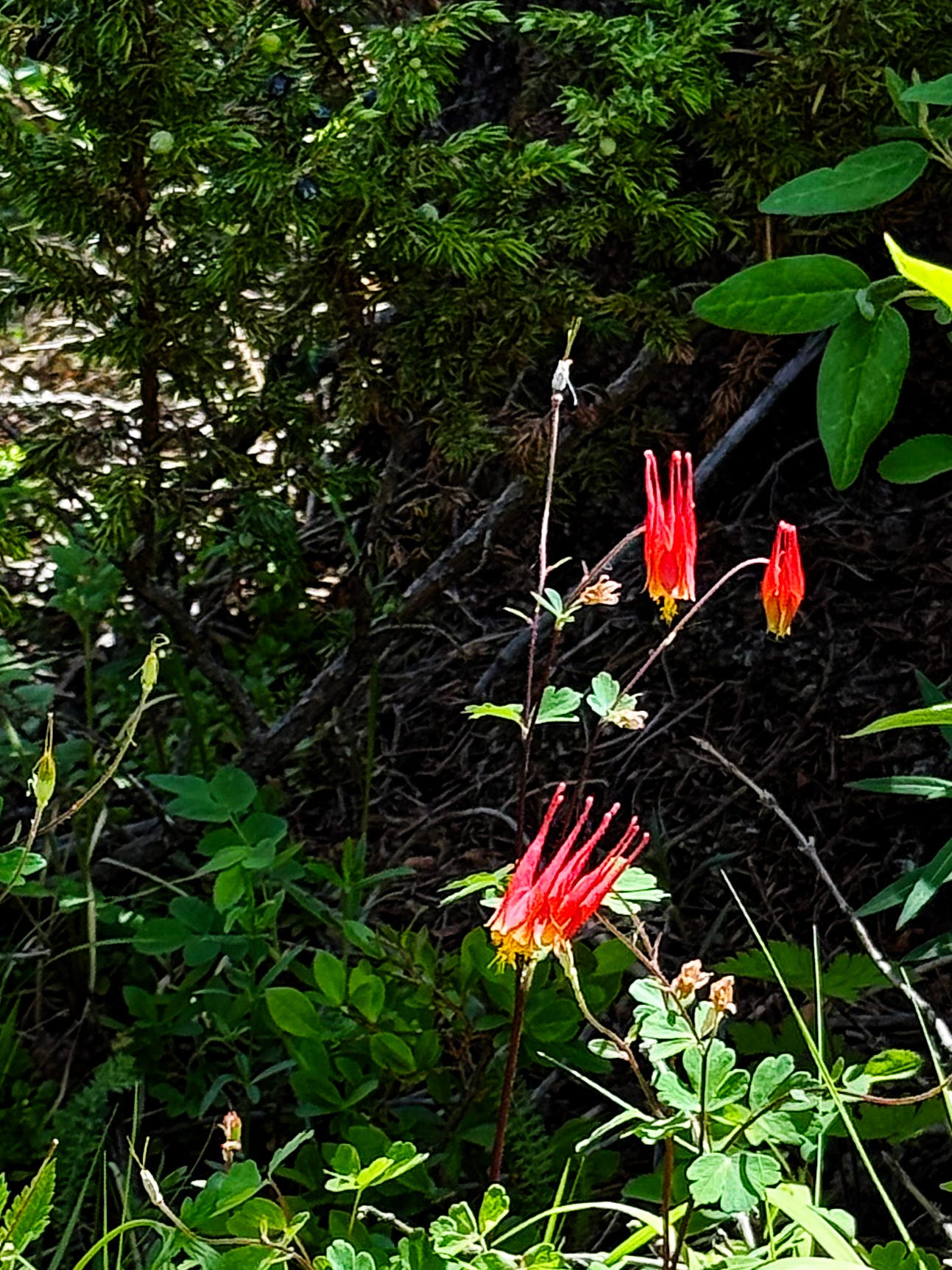

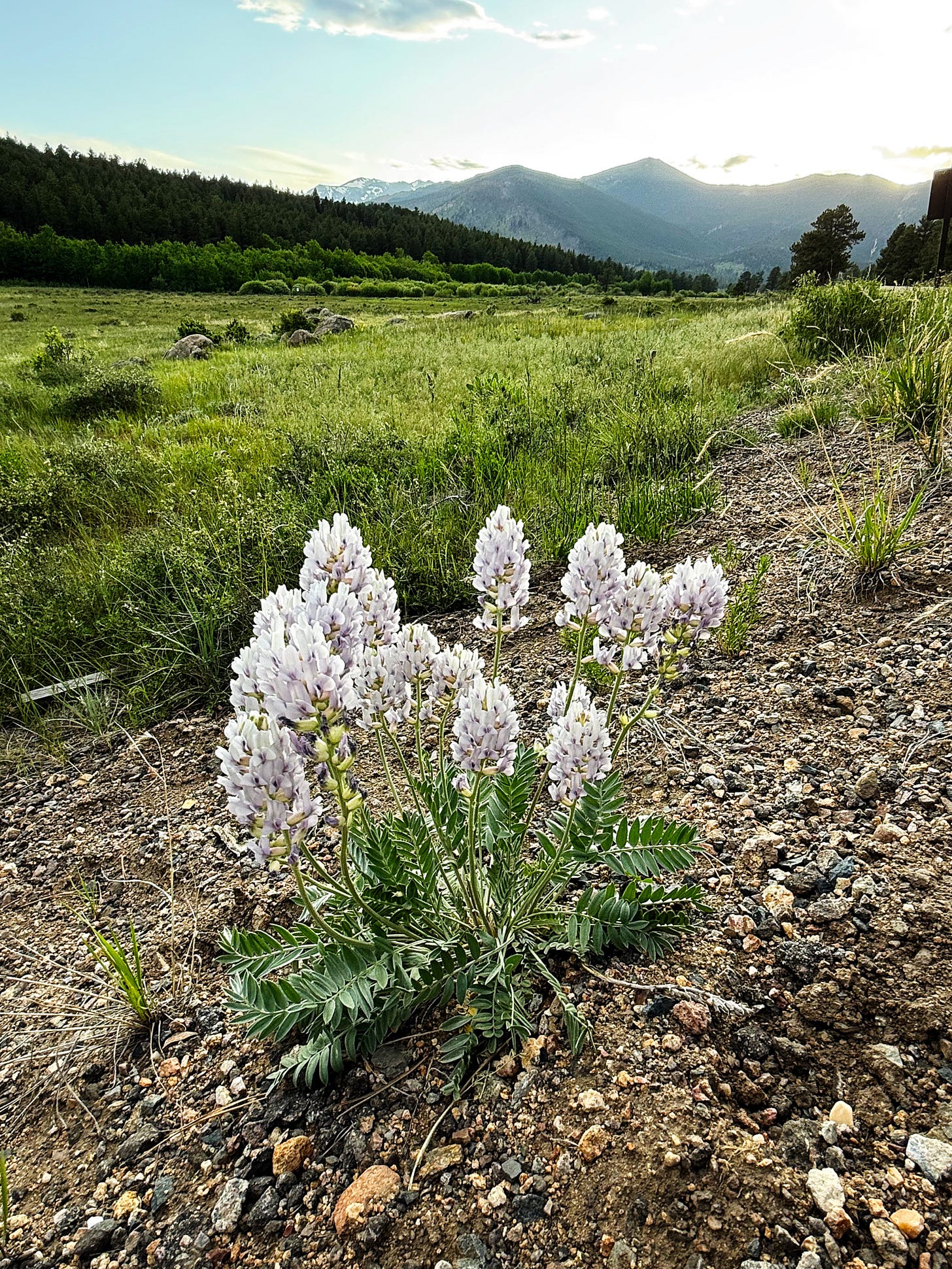
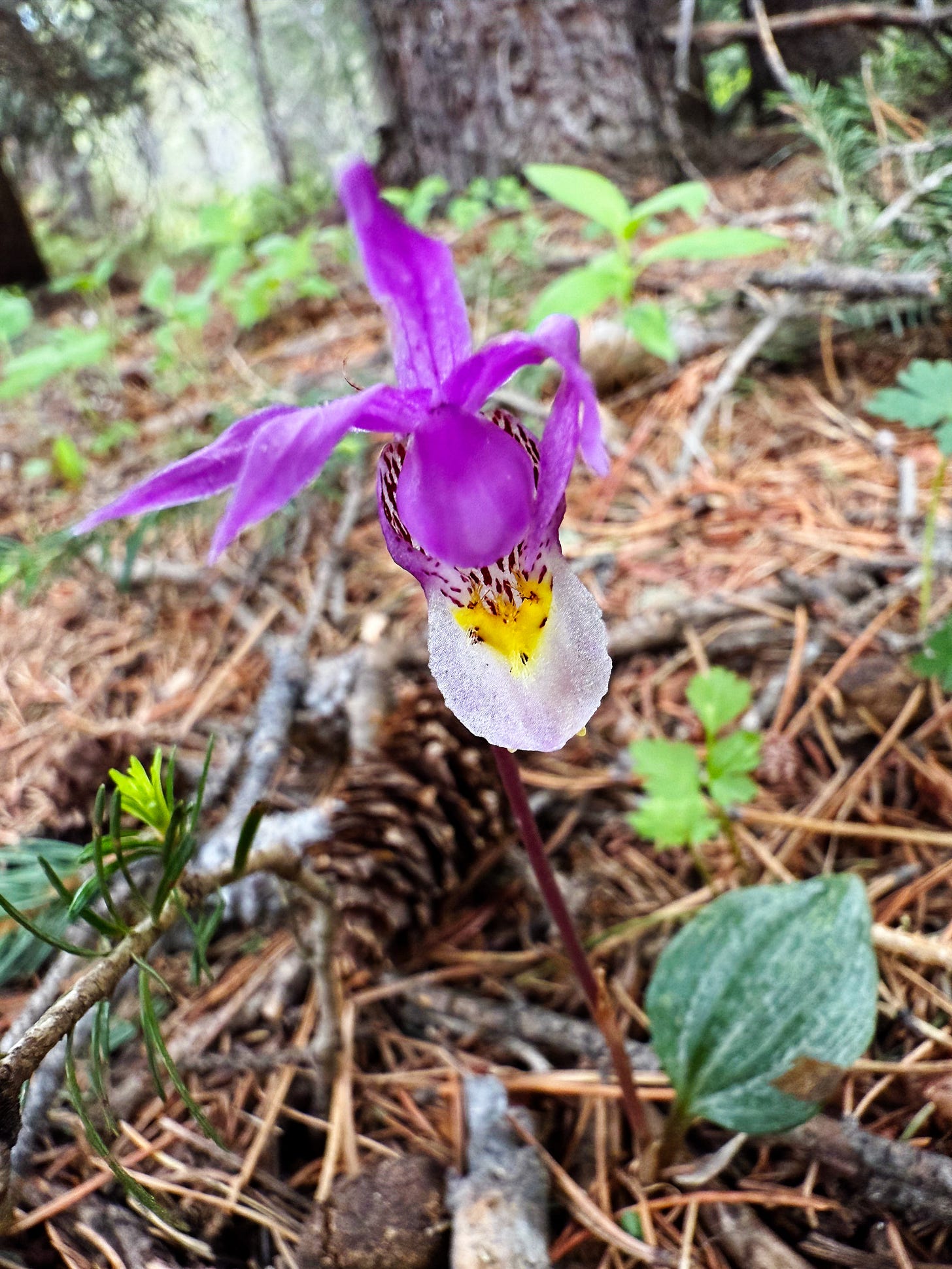
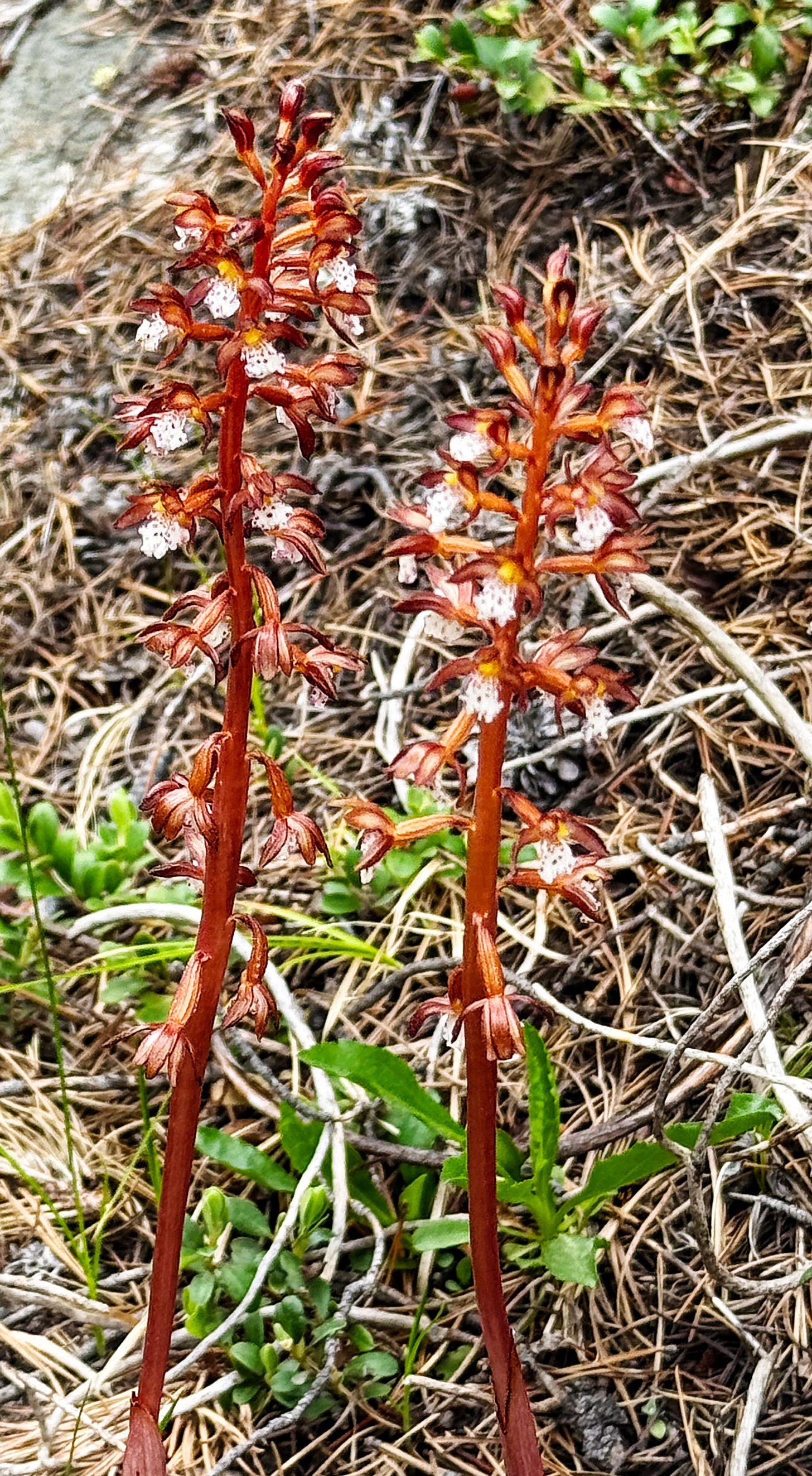
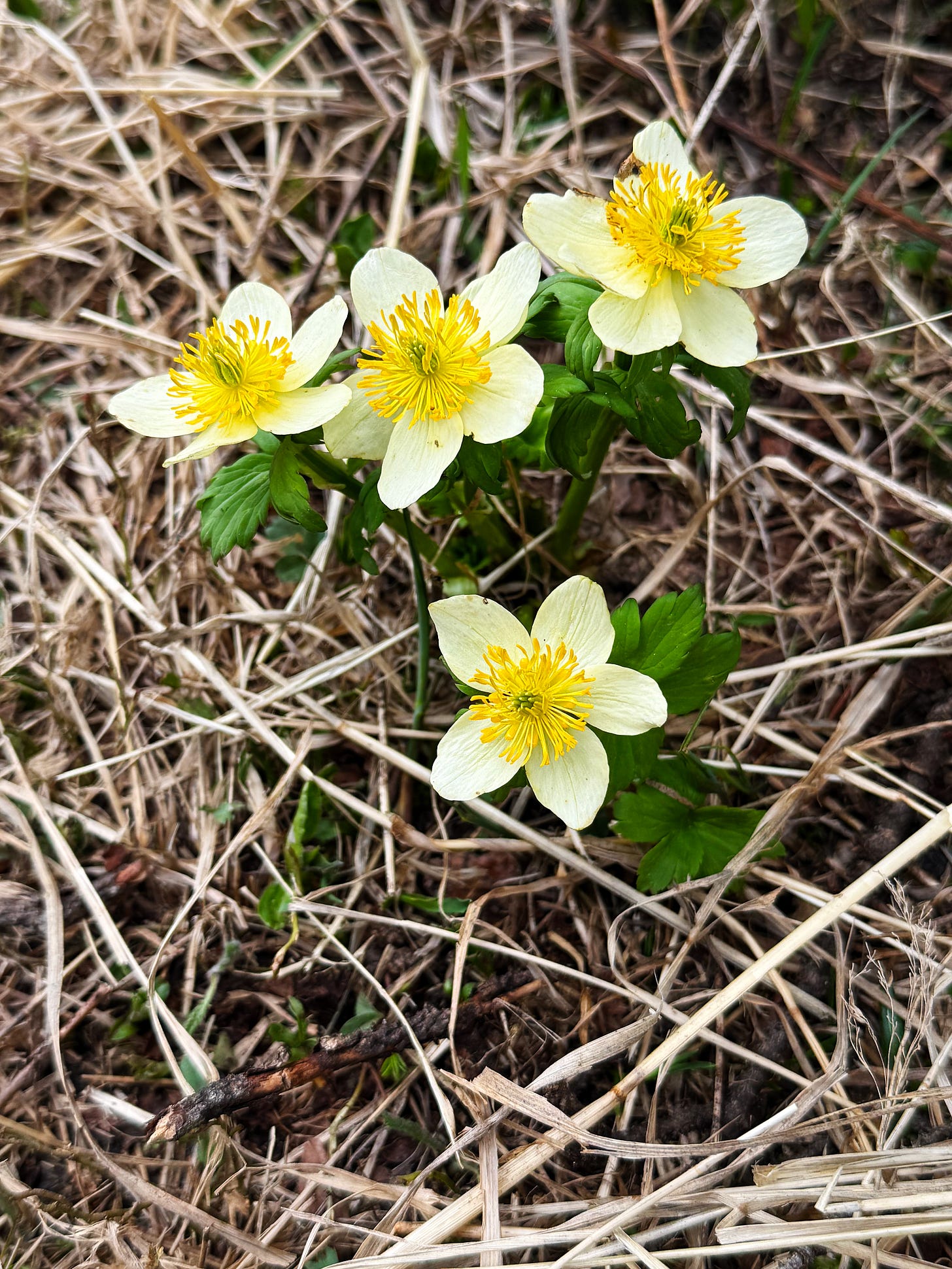
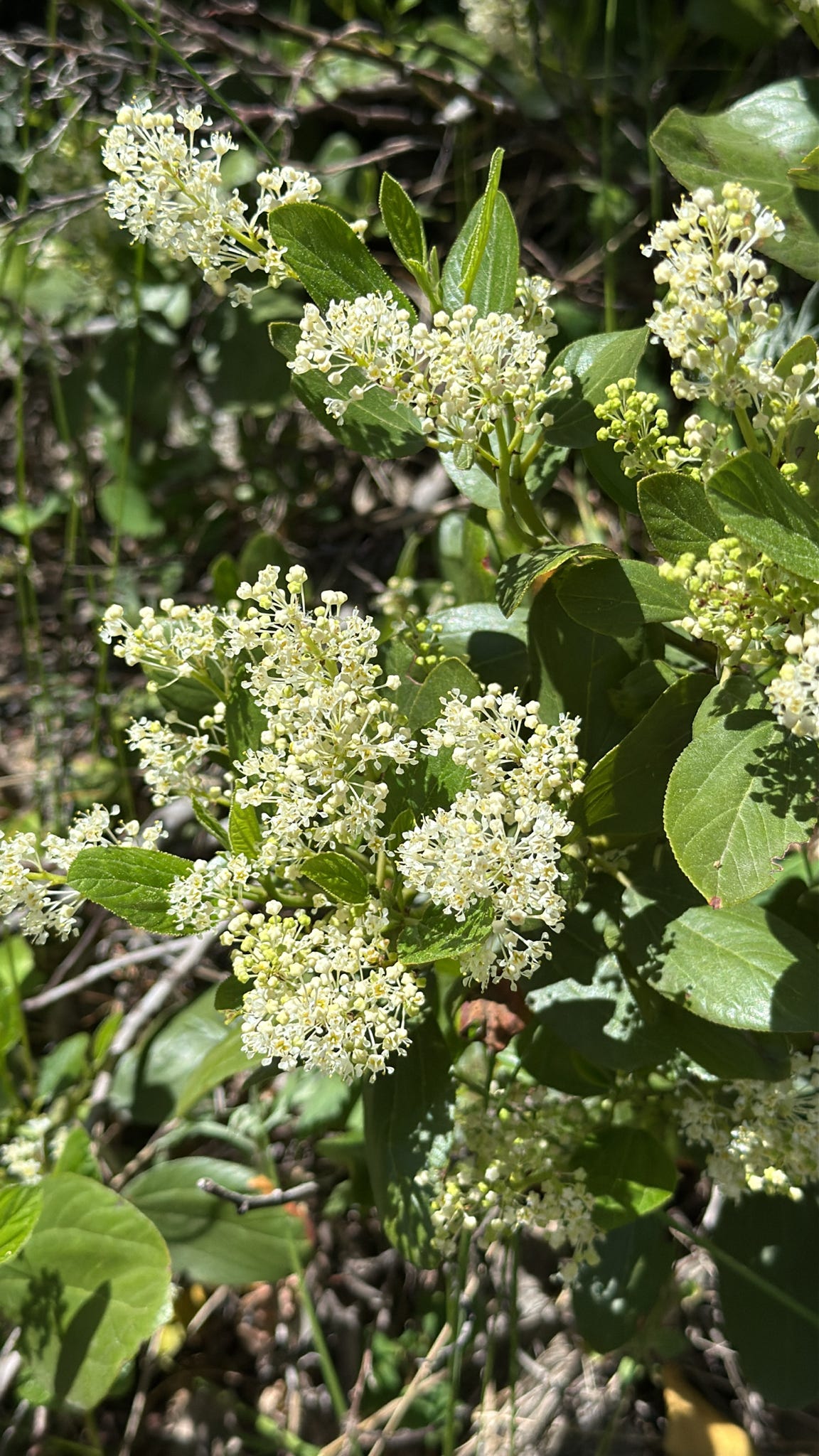
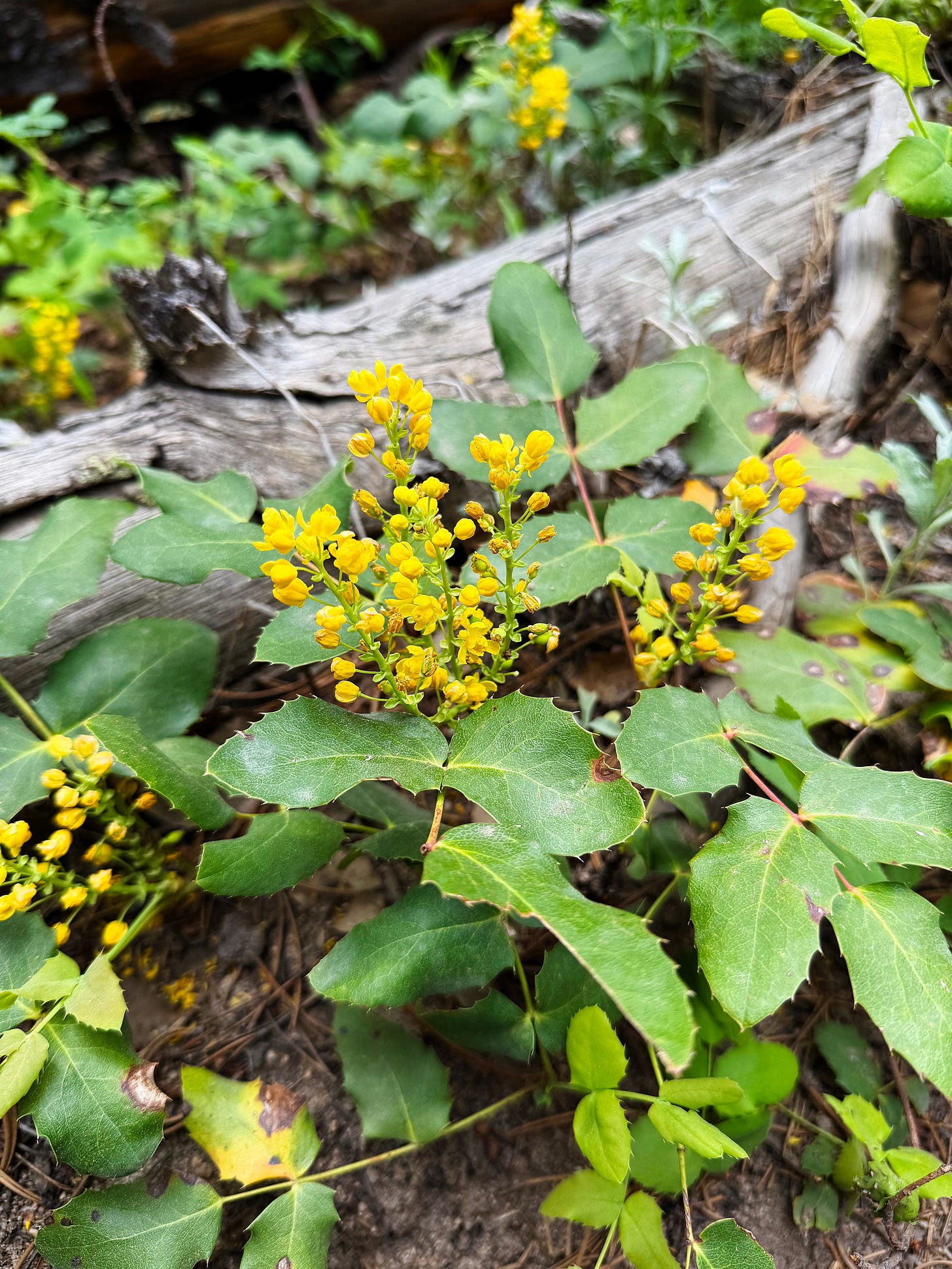
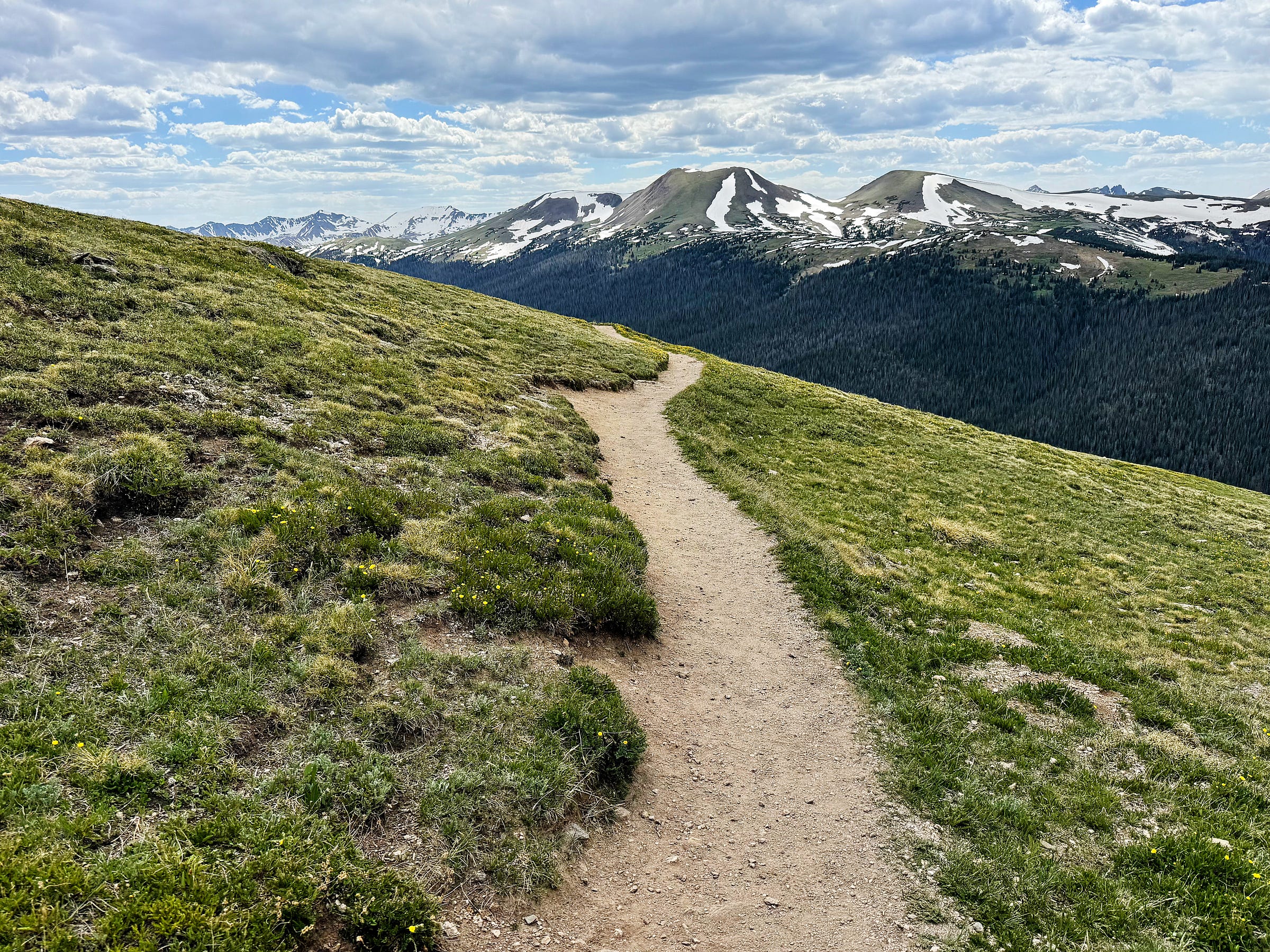
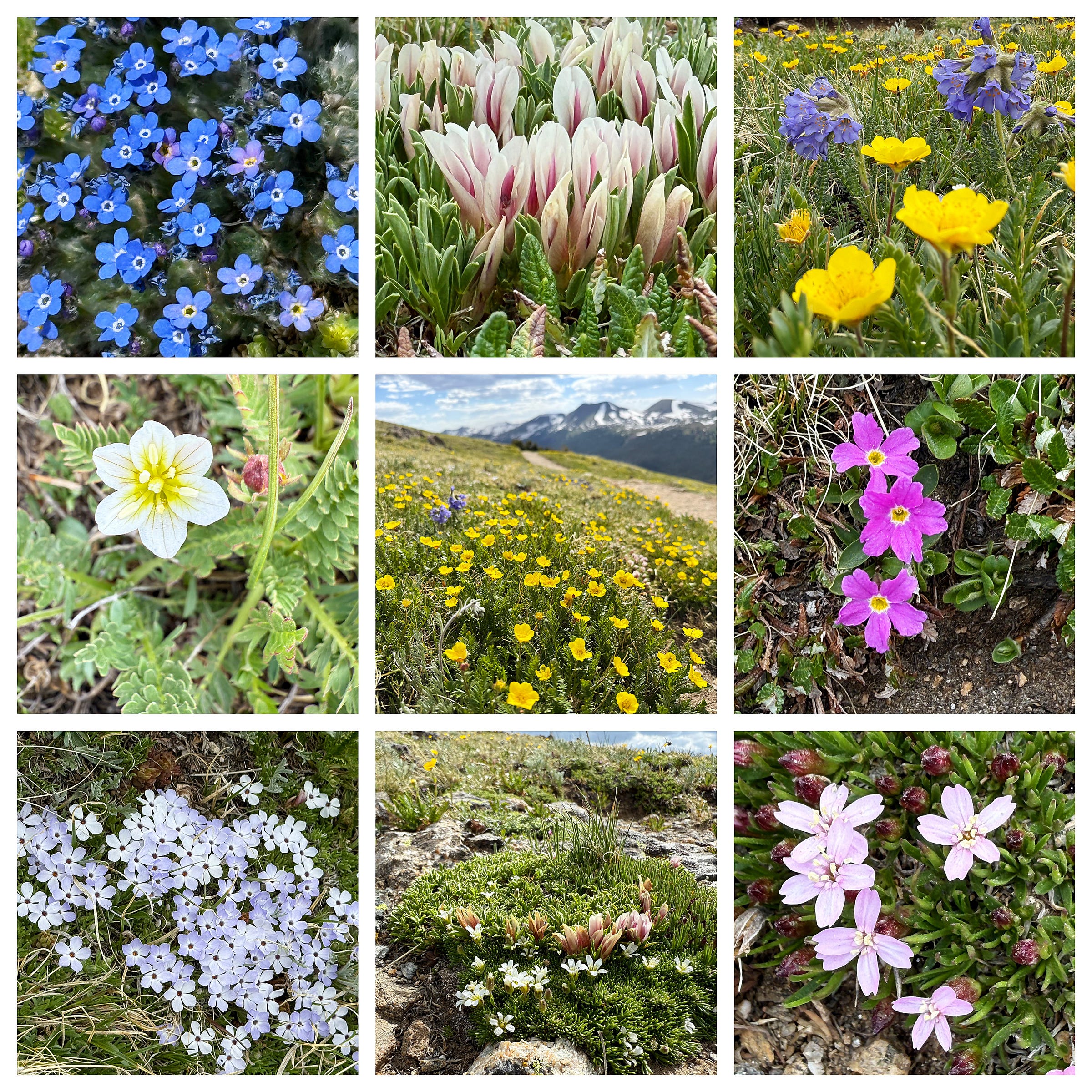
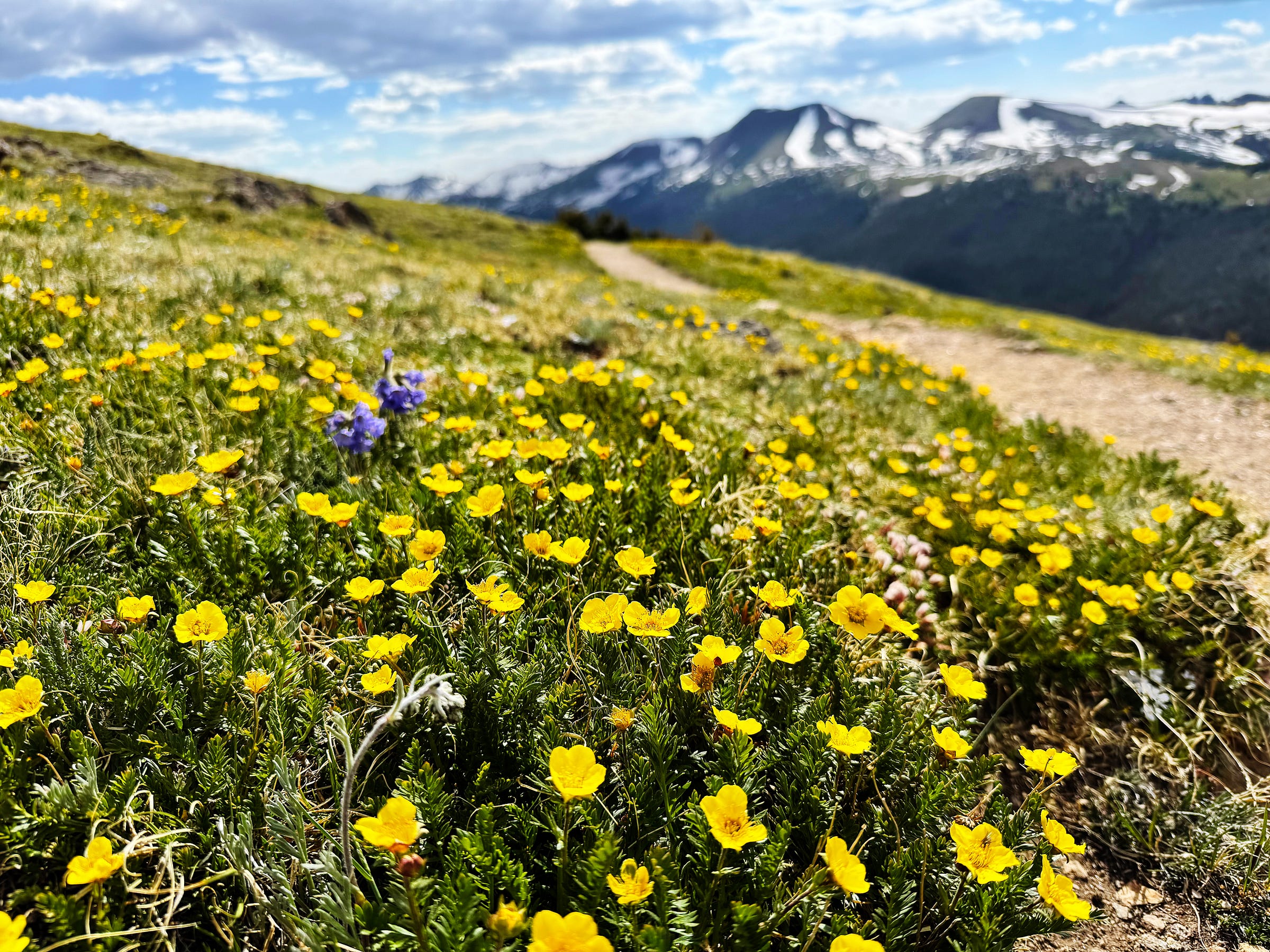
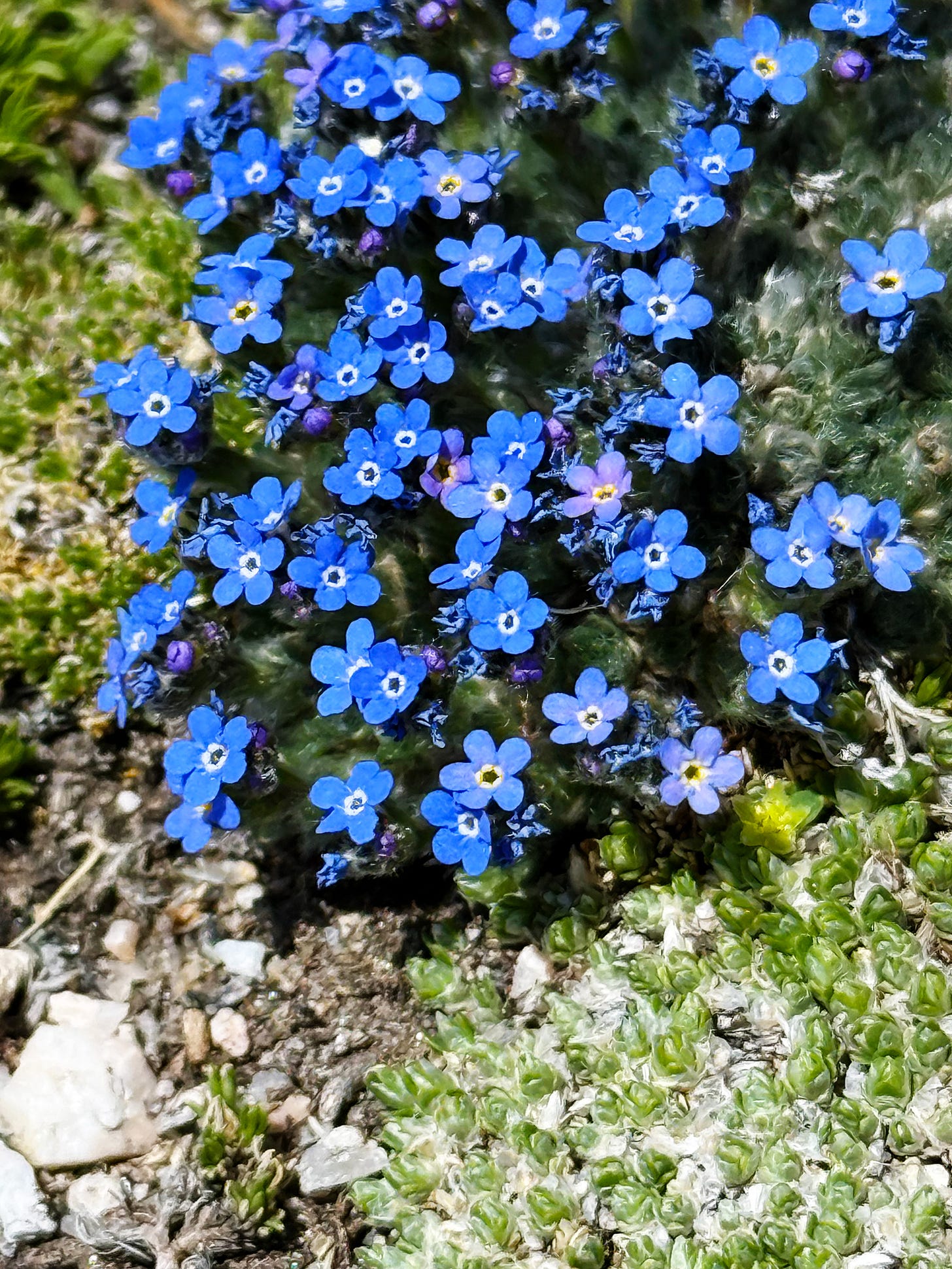
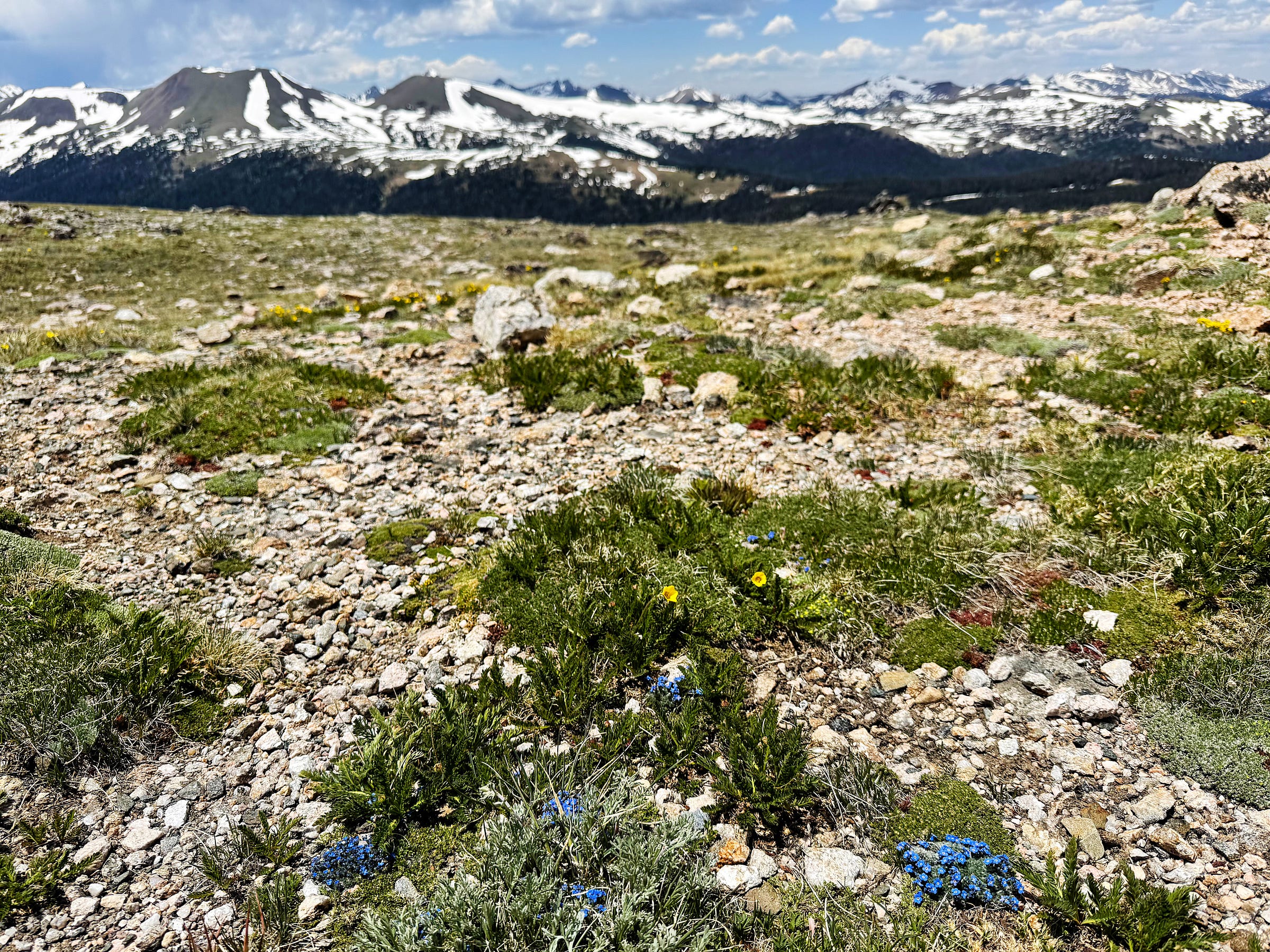
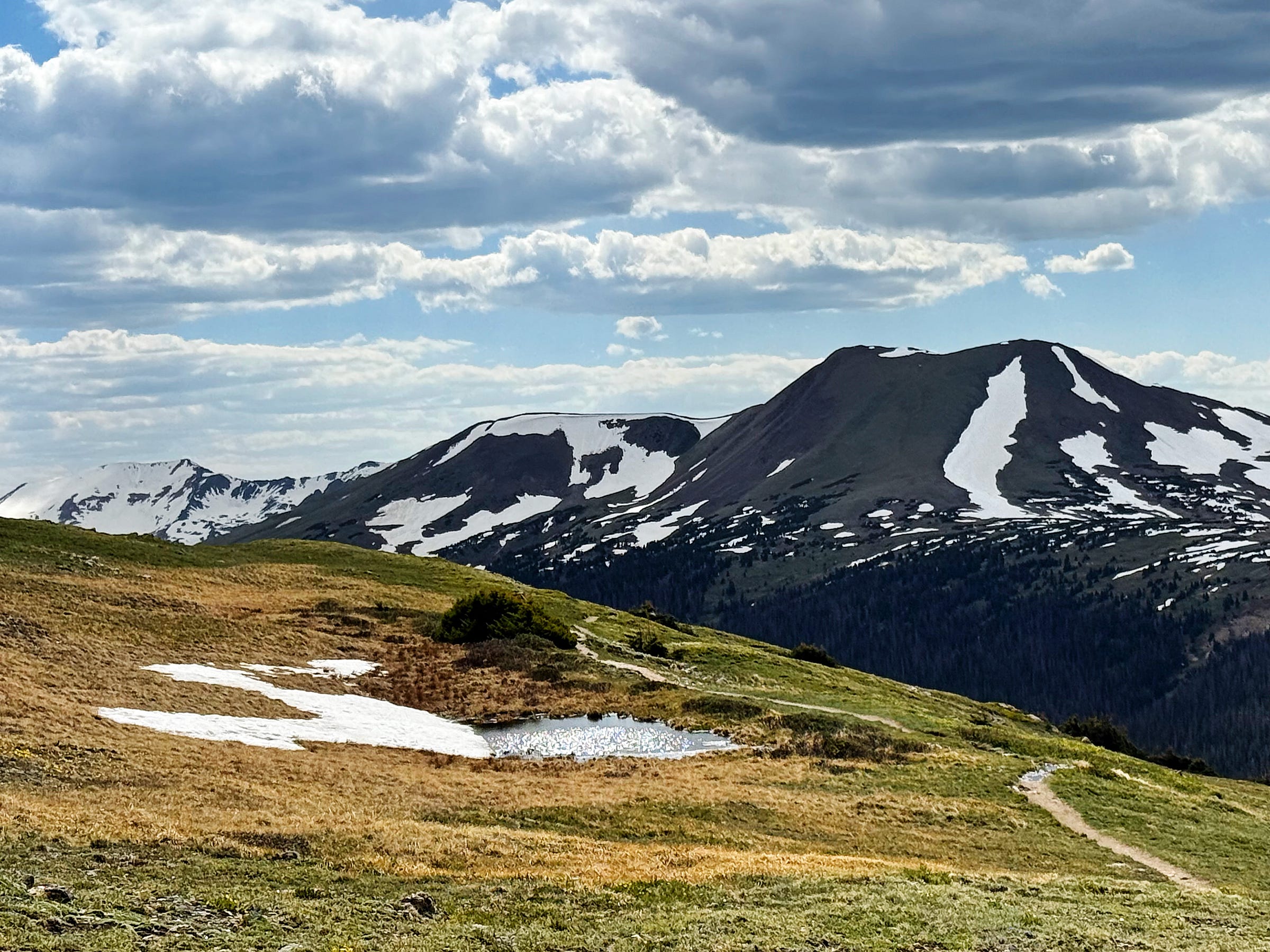
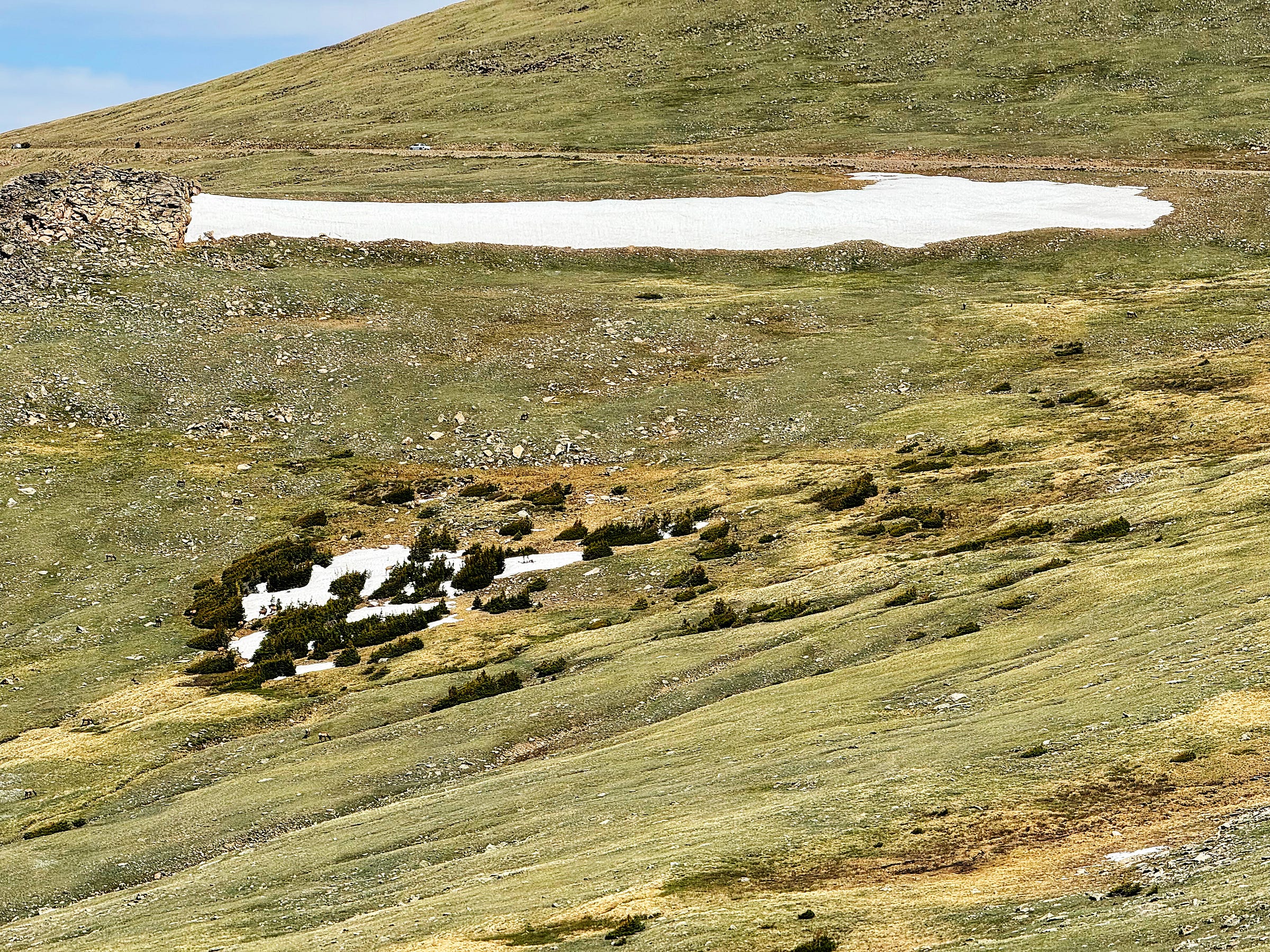
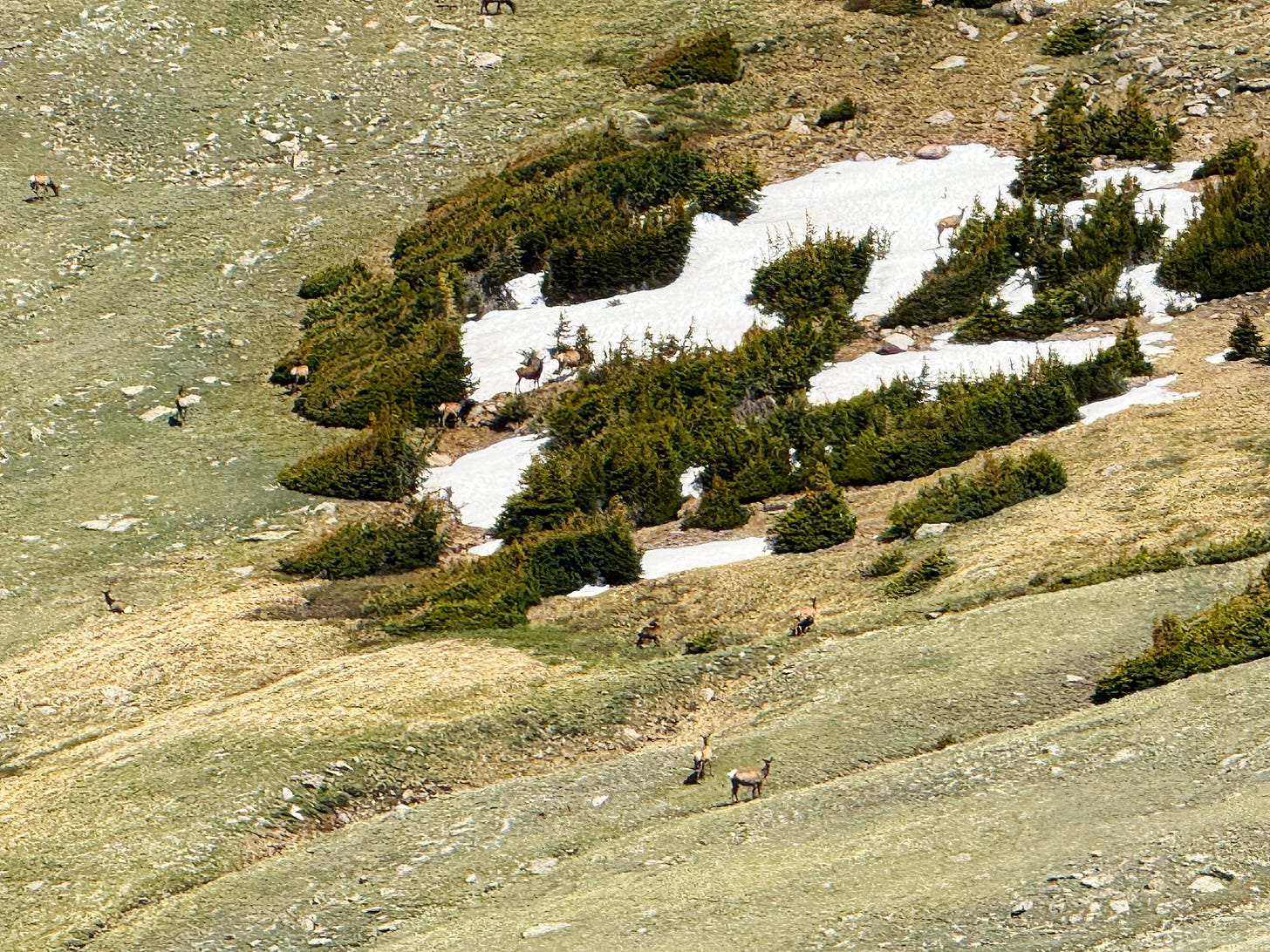
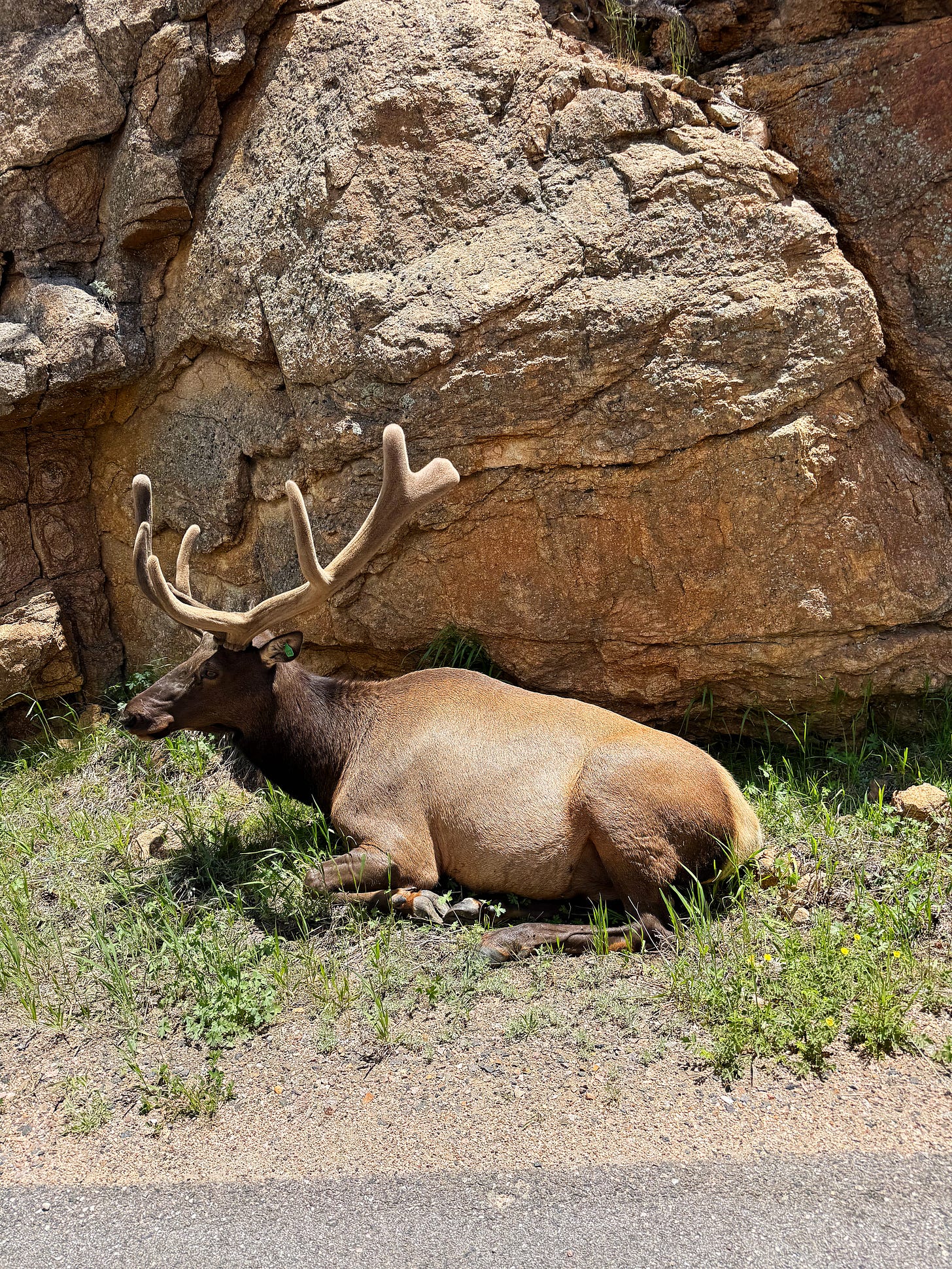
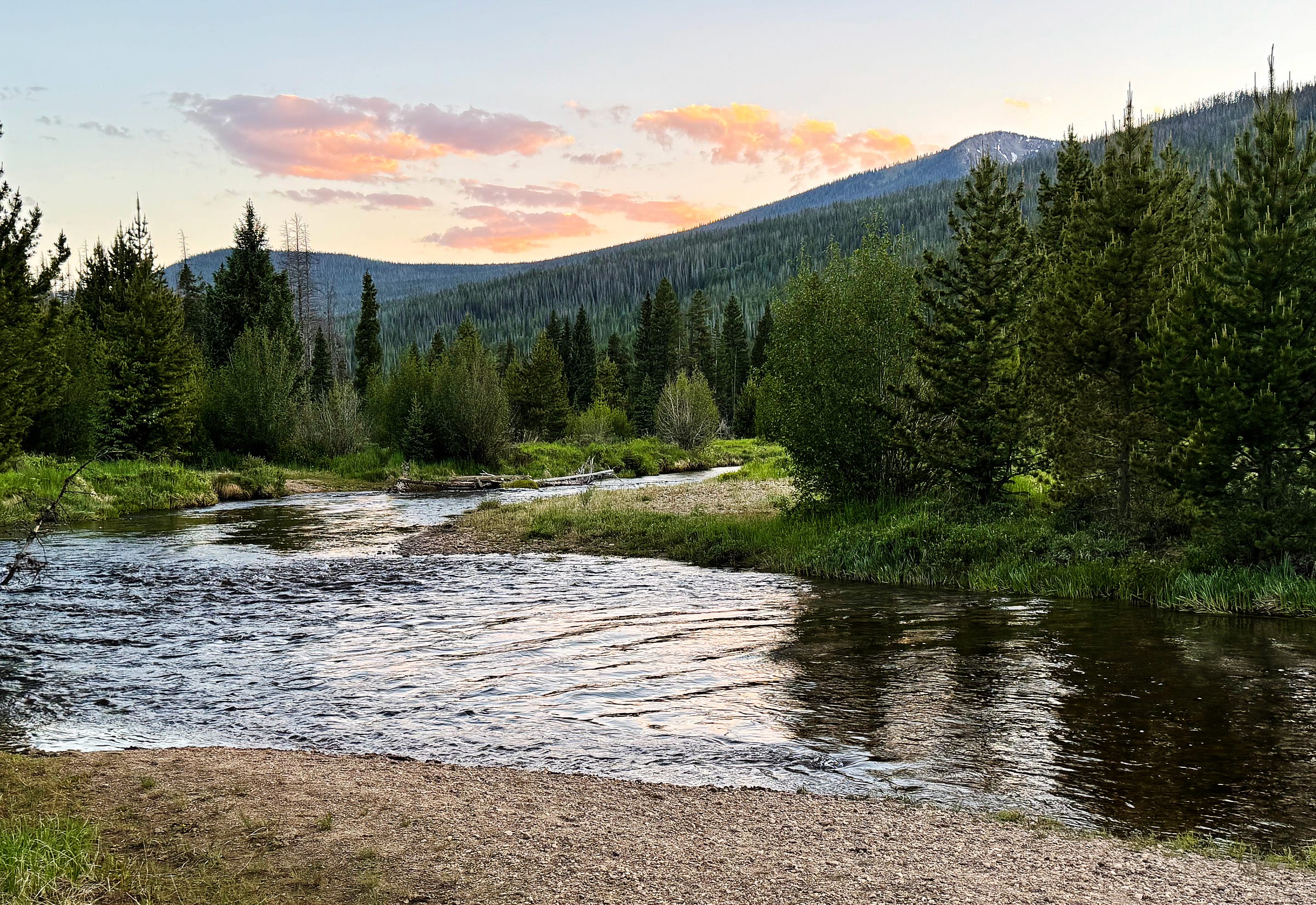
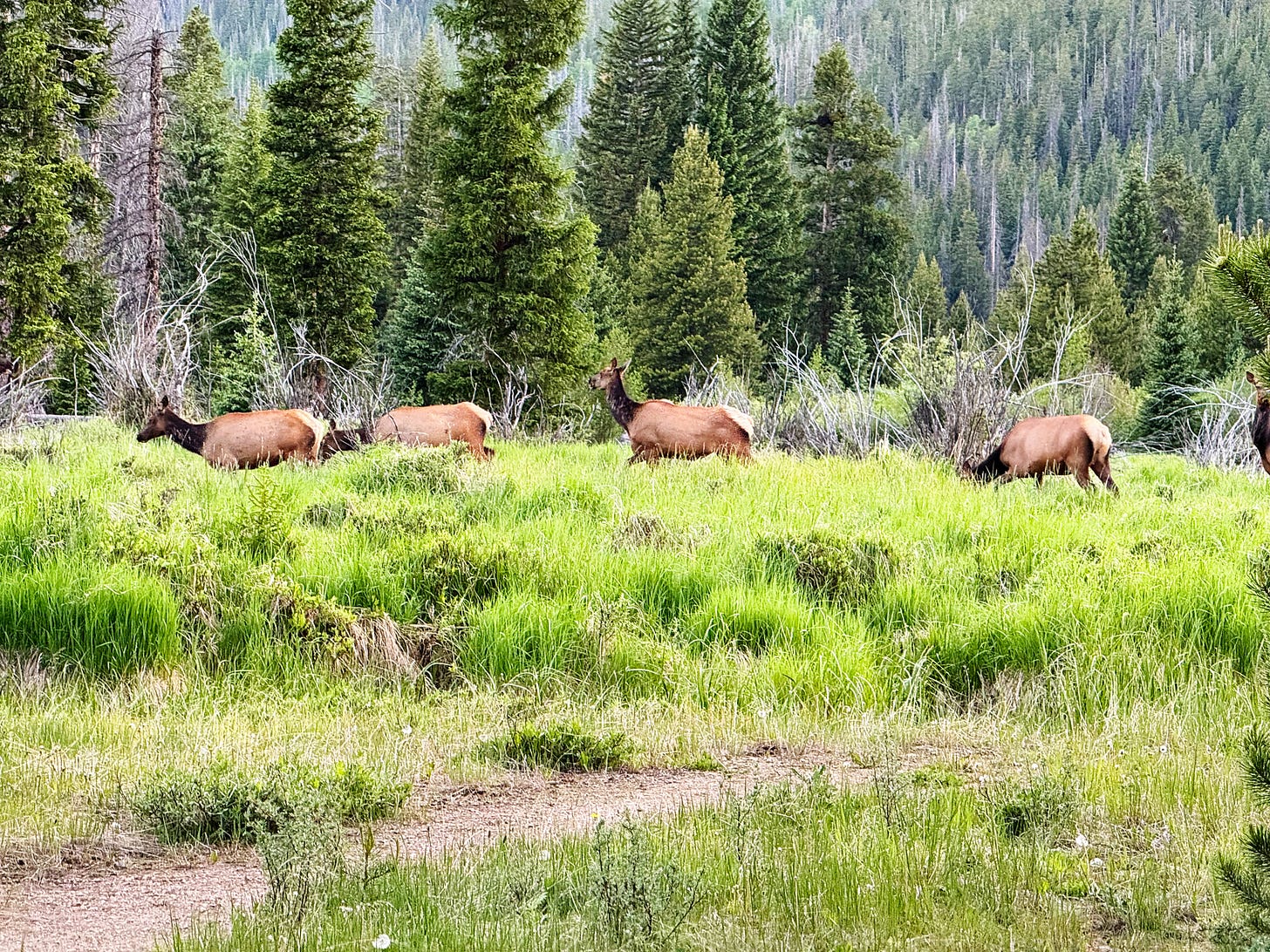
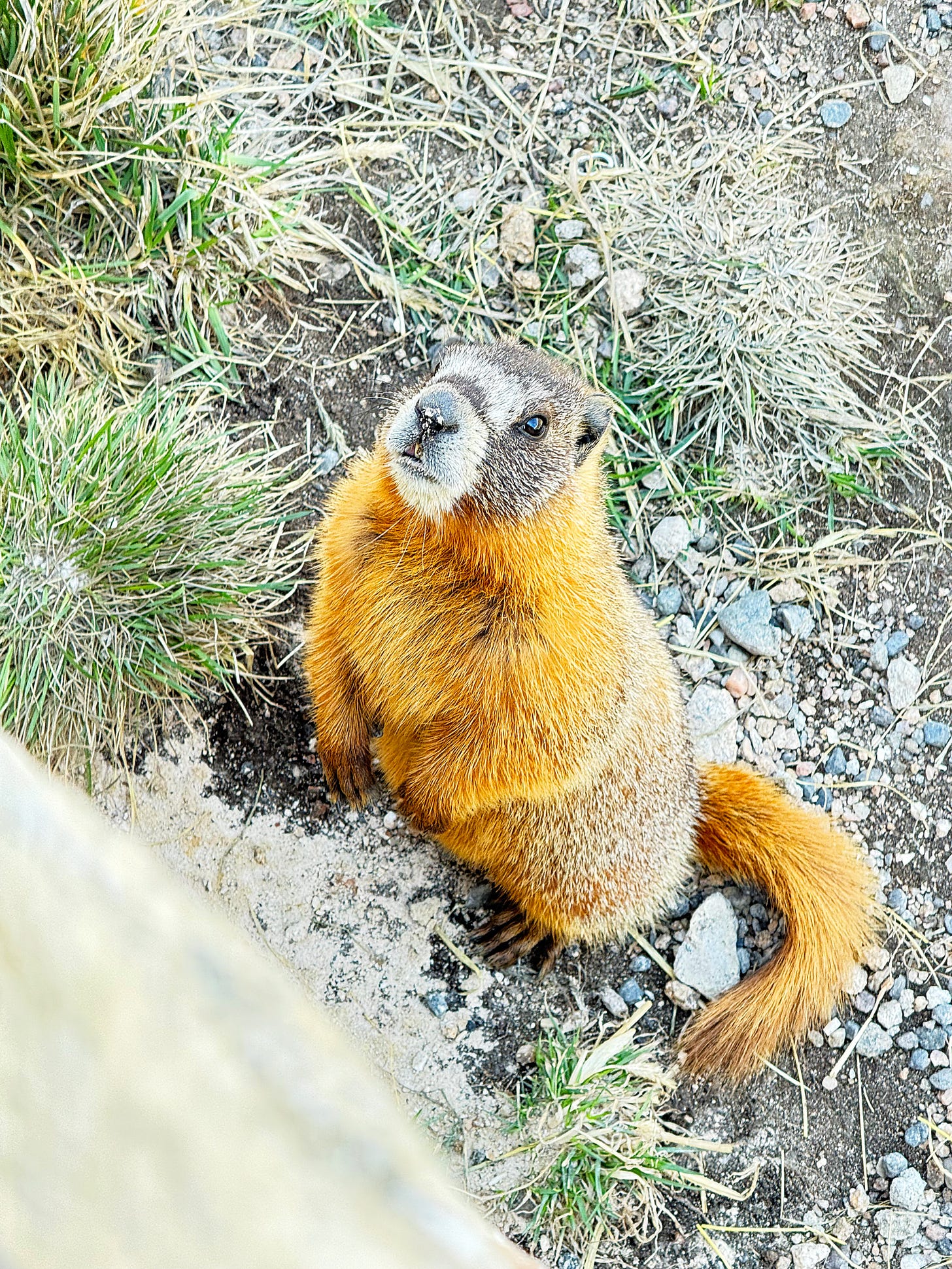
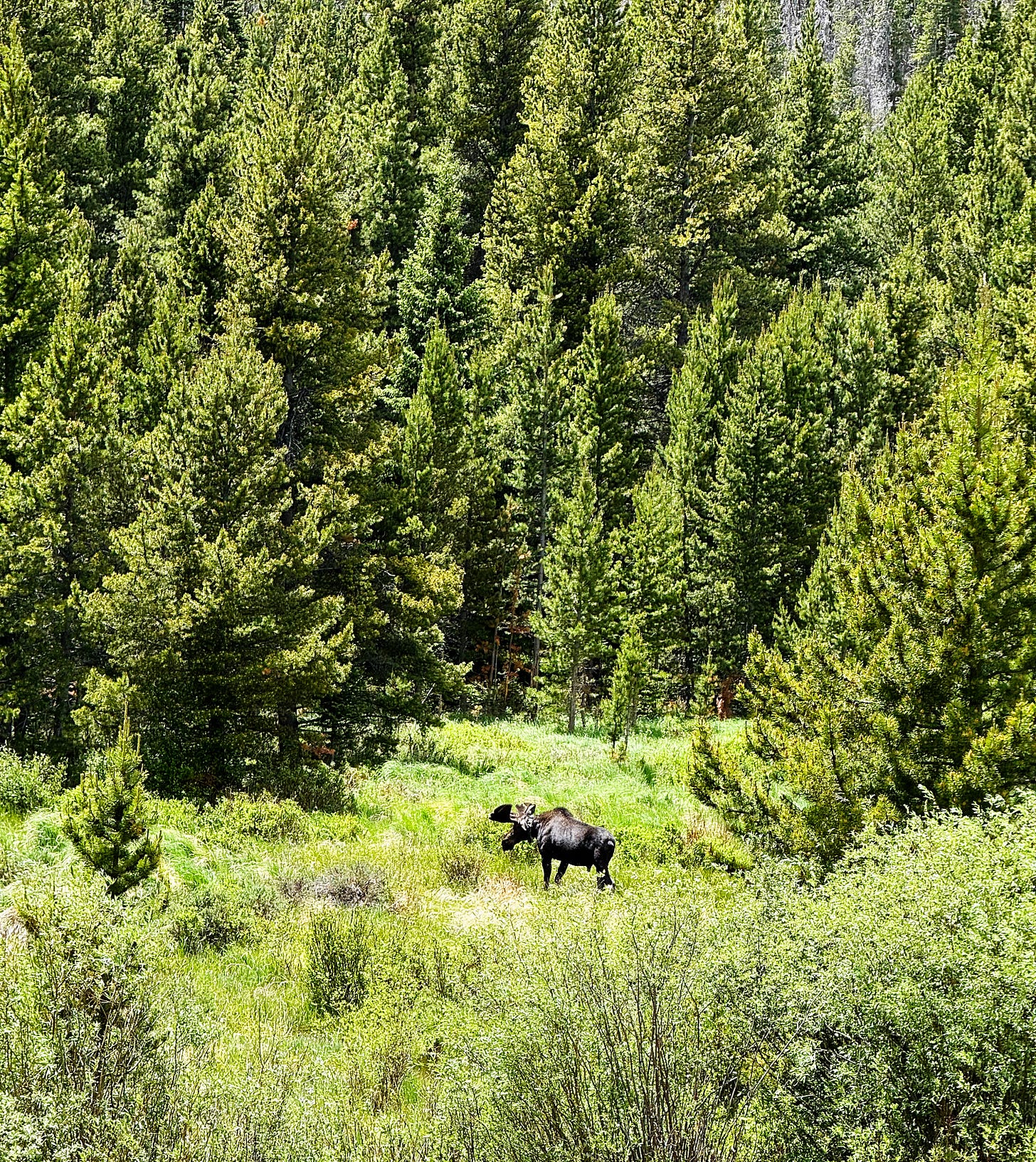

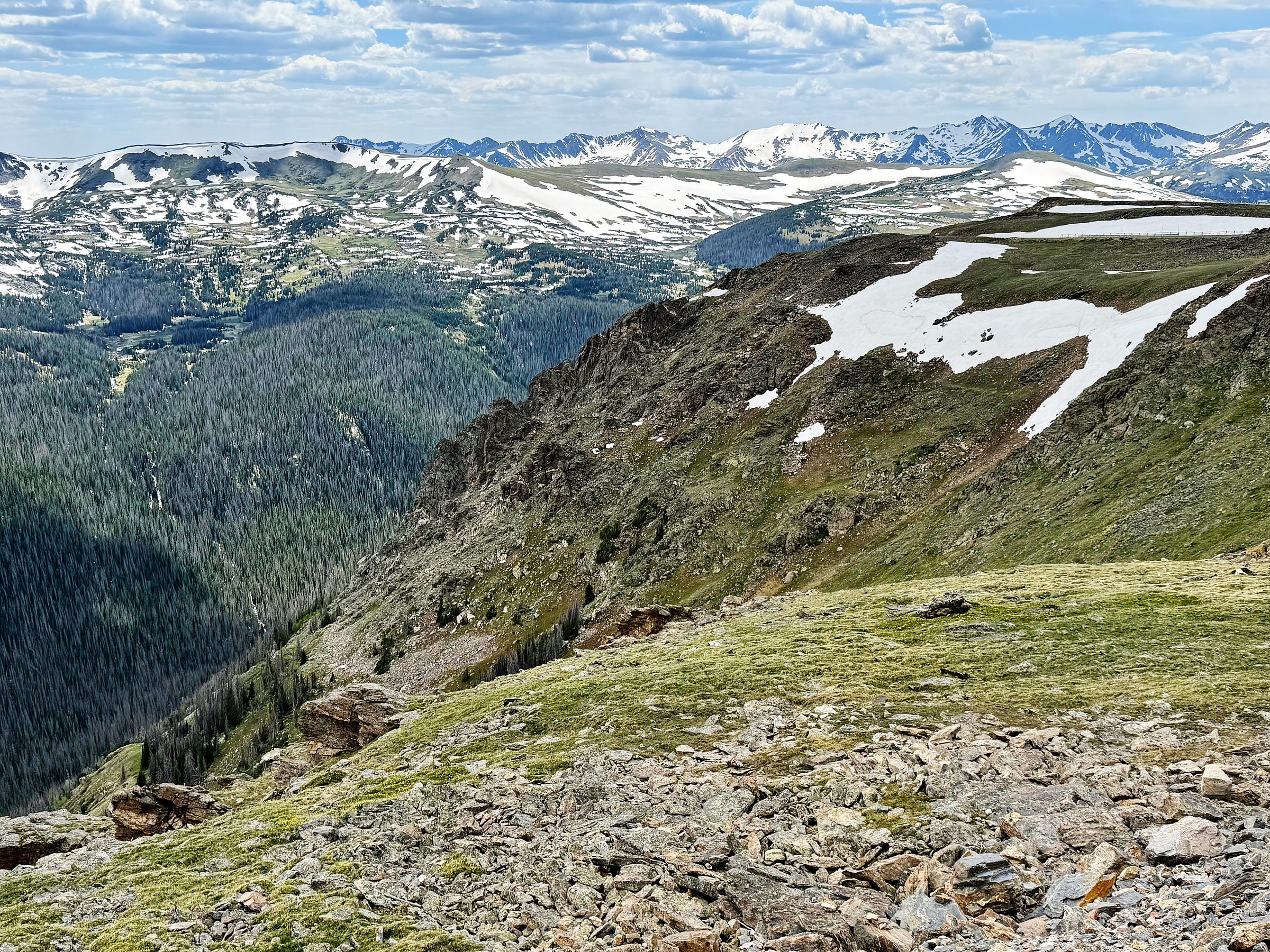
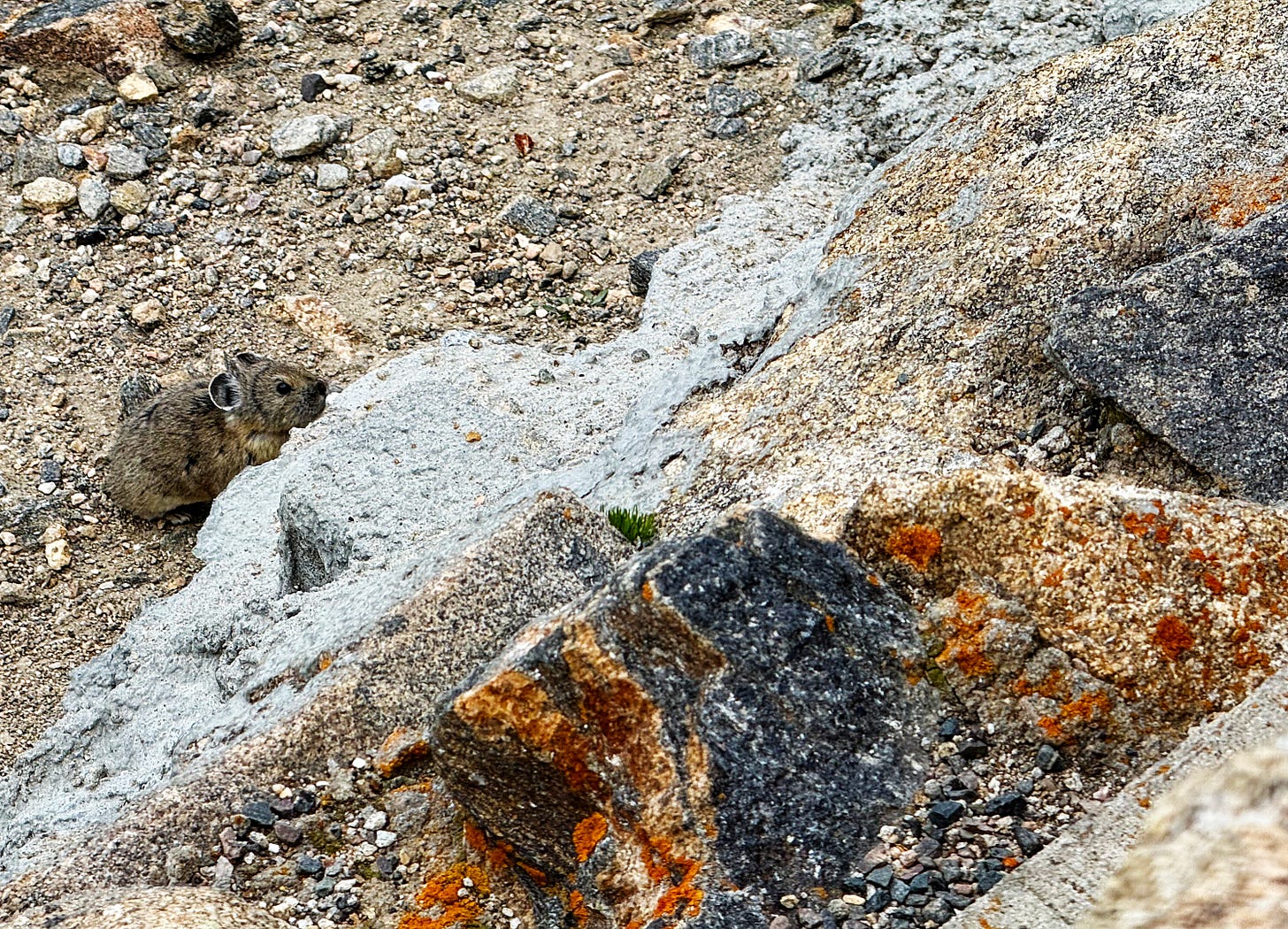
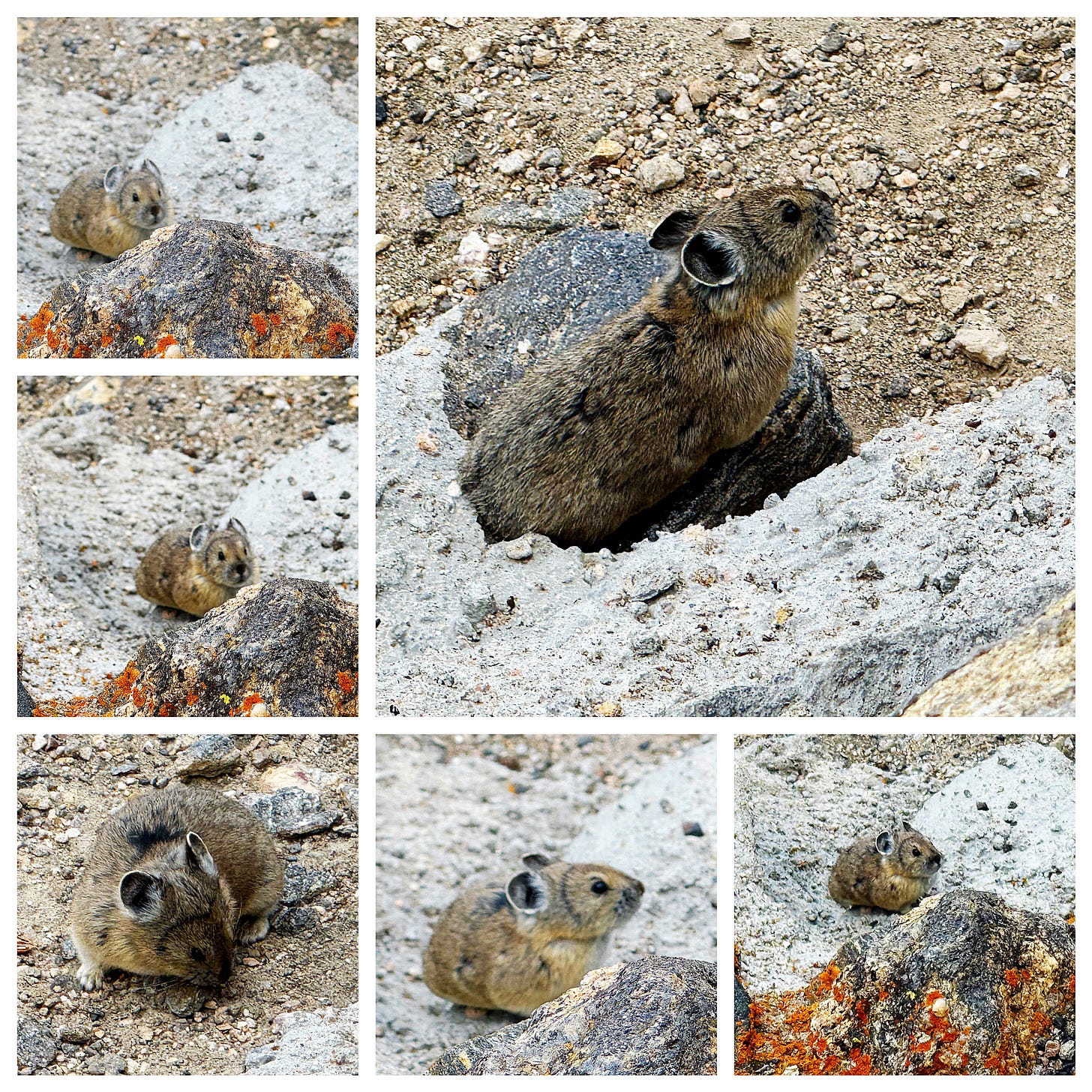
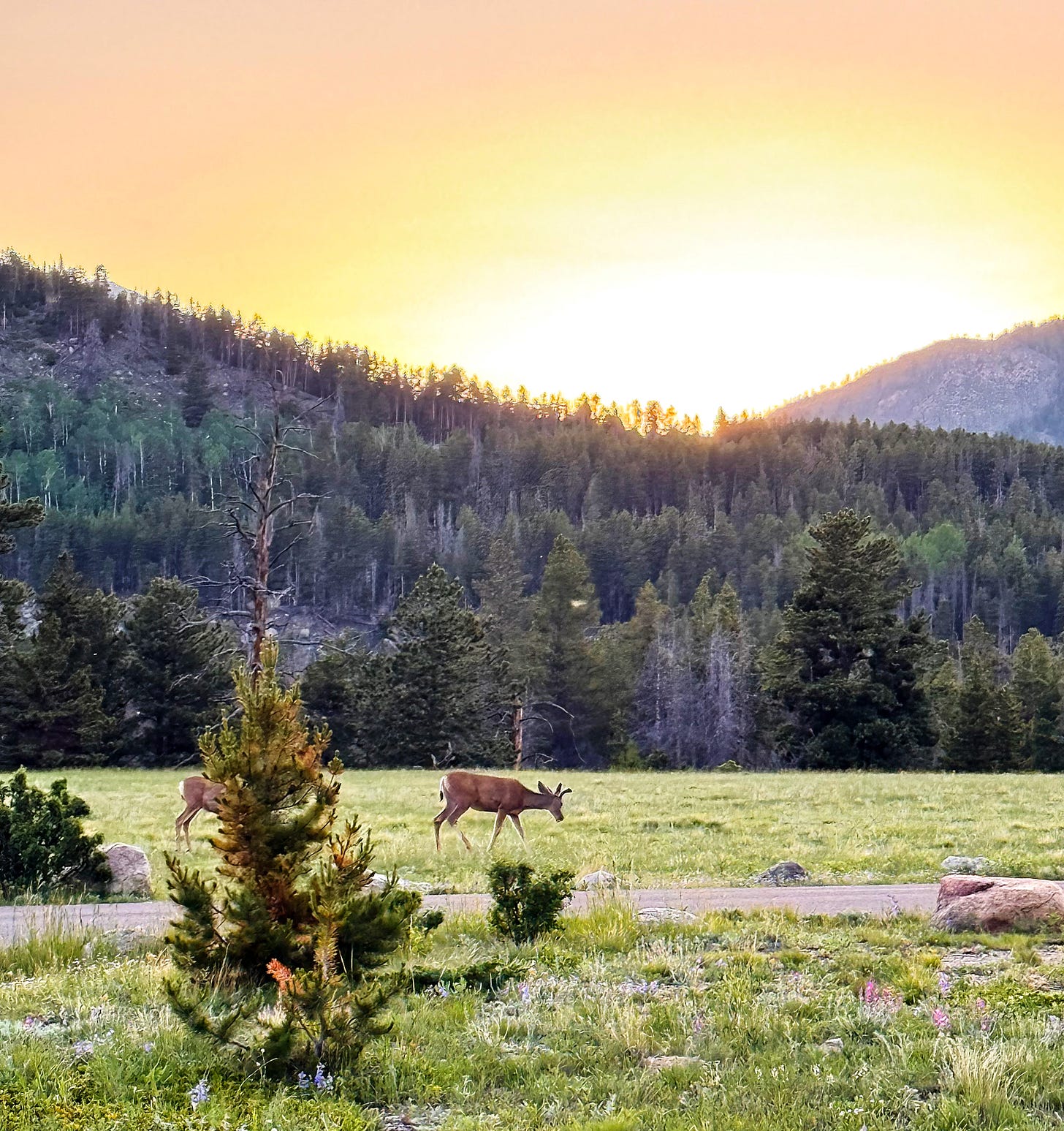


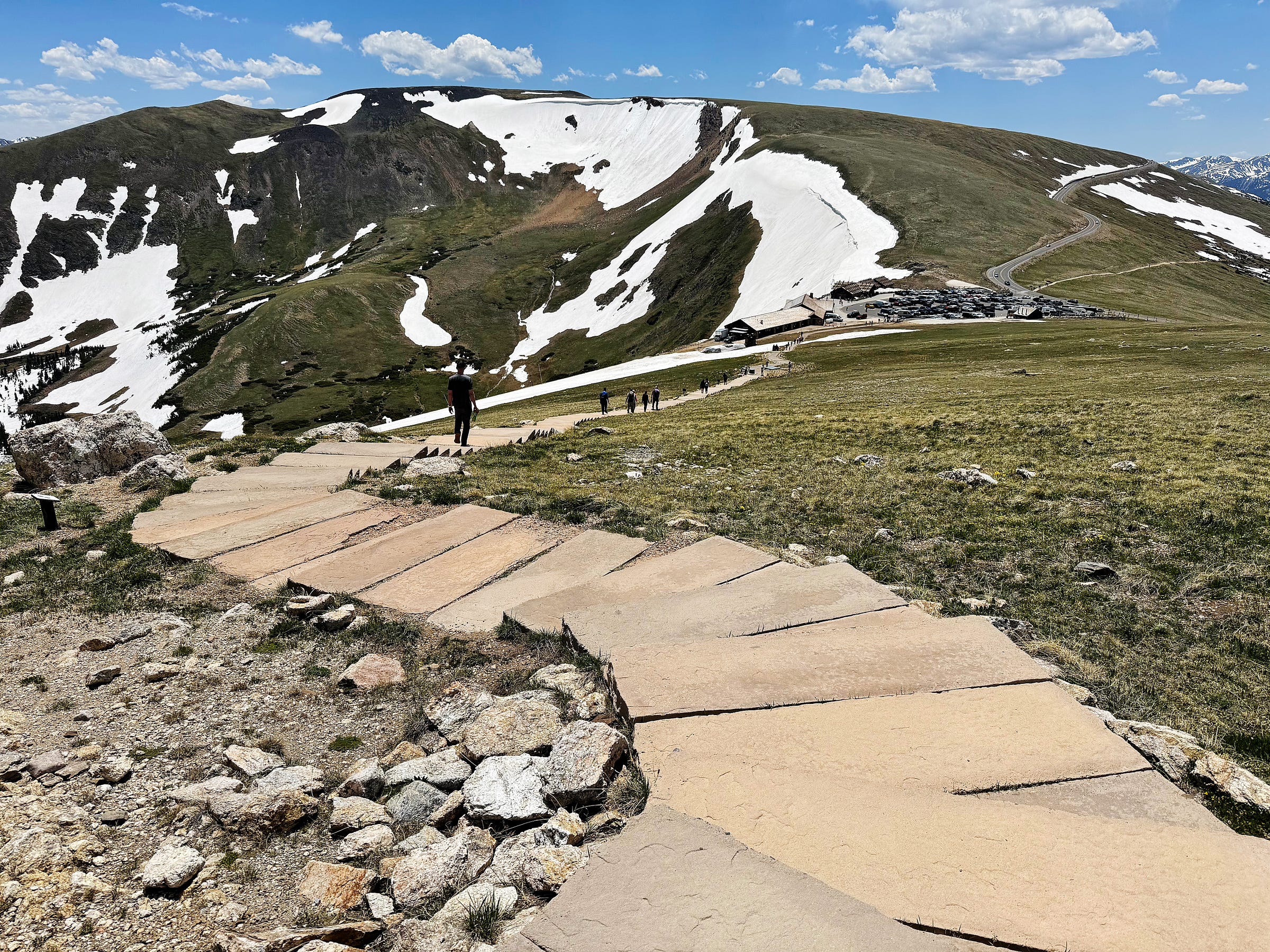

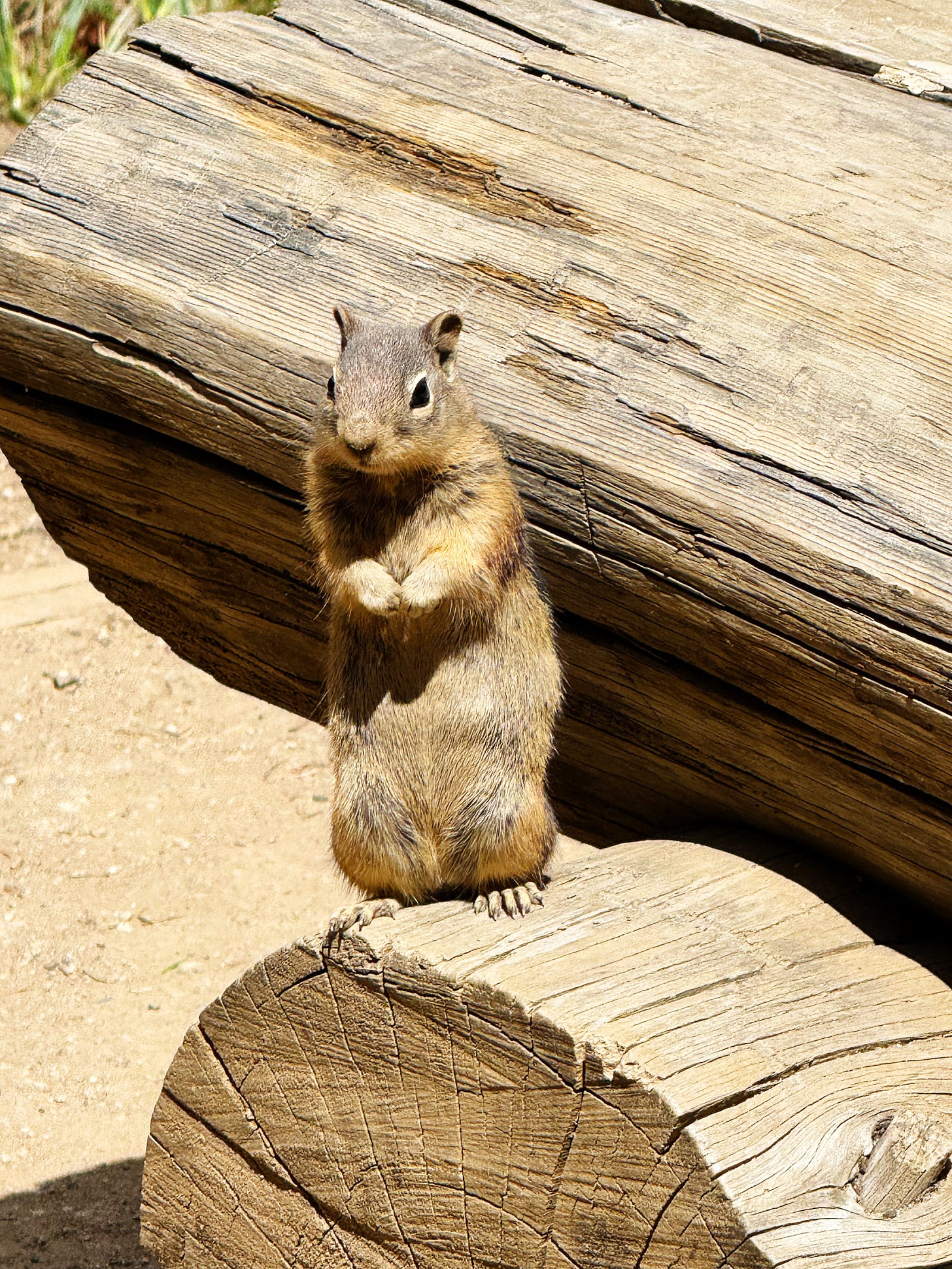

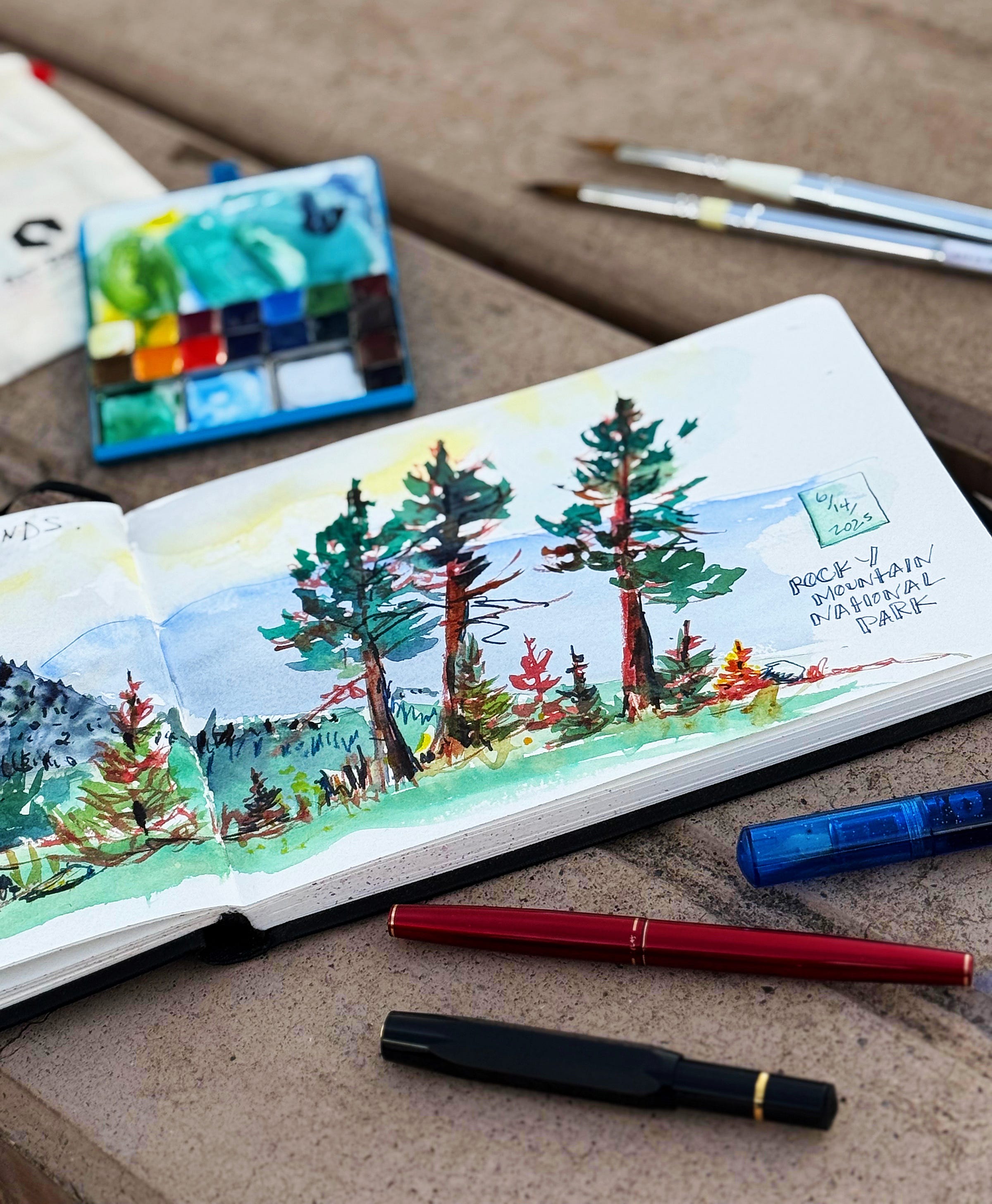
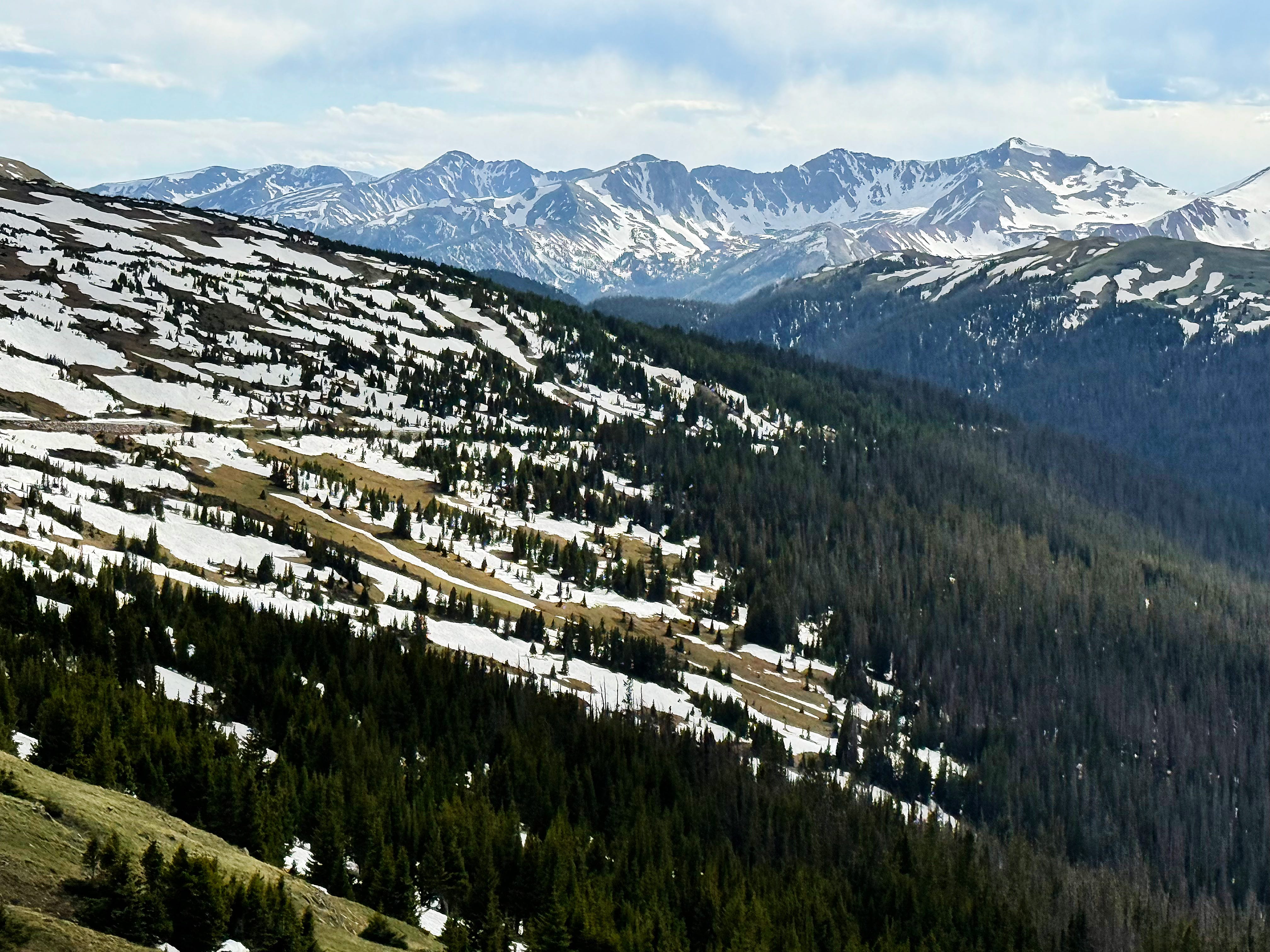
I like the groupings when it works for what you’ve been doing
This was a fun way to hear about your week. Those pikas!! So cute! And those alpine bluebells, can hardly believe they're that blue! 💙